Kyrgyzstan
I wanted to joke that the flag of Kyrgyzstan looks like the XBox logo, but I won’t.

Among all the countries that end with “stan,” only Kyrgyzstan and Turkmenistan have the short name.
In the Russian name “Kyrgyzstan,” there are two consecutive letters “ы” (replaced by “y” in English version) that immediately transition to the combination “z-s-t.” This combination is so difficult to pronounce that the simplified word “Kirgizia” naturally formed.
The same thing happened in other languages as well. In German, French, and Spanish, where there is no sound “ы,” the country is called “Kirgistan” or “Kirgizistan,” and in Dutch, it is even Kirgizië.
In linguistics, the internal name of a country is called an “endonym,” while the external name is called an “exonym.”
If it weren’t for exonyms, we would call Finland “Suomi,” China “Zhongguo,” Georgia “Sakartvelo,” Germany “Deutschland,” and Egypt “Misr.”
I can hardly imagine this brave new world. Personally, I let my American friends choose calling me “Andrey” or to use the exonym “Andrew.”
Bishkek
The story behind the name of the city of Bishkek is incredible and fascinating. Originally, the city was called “Pishpek.” Linguists searched and searched but could not find the meaning behind this name. Therefore, they chose a close word, “bishkek,” which means a dasher for stirring fermented mare’s milk.
I thought that among the capitals of the “Fourstan” countries (Kazakhstan, Uzbekistan, Kyrgyzstan, and Tajikistan), the Tajik city of Dushanbe would turn out to be the least attractive. However, Bishkek turned out to be a hundred times worse.
The city is simply destroyed. The typical landscape consists of badly damaged sidewalks and clusters of hanging advertisements.
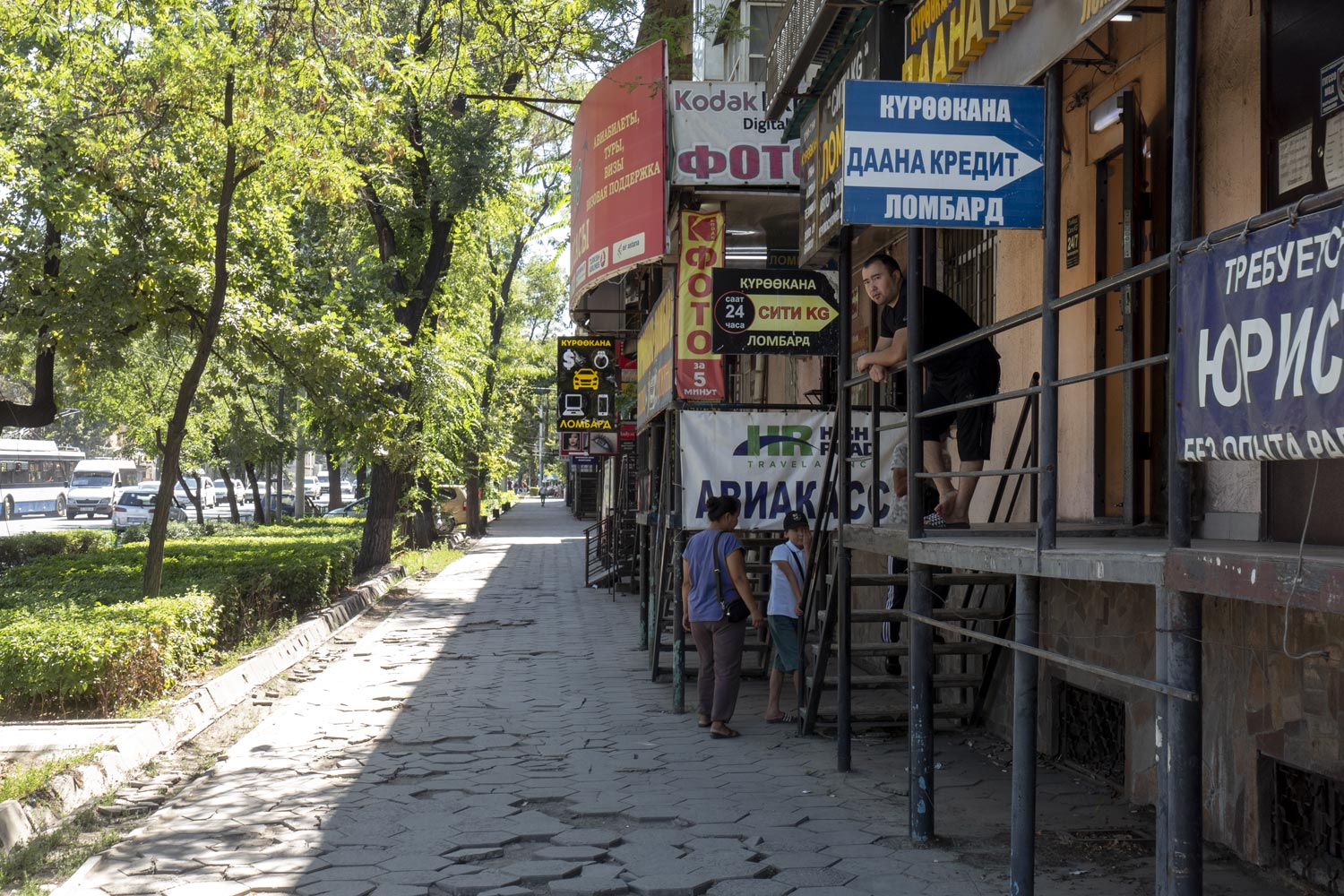
It feels like there was a war in Bishkek just yesterday.
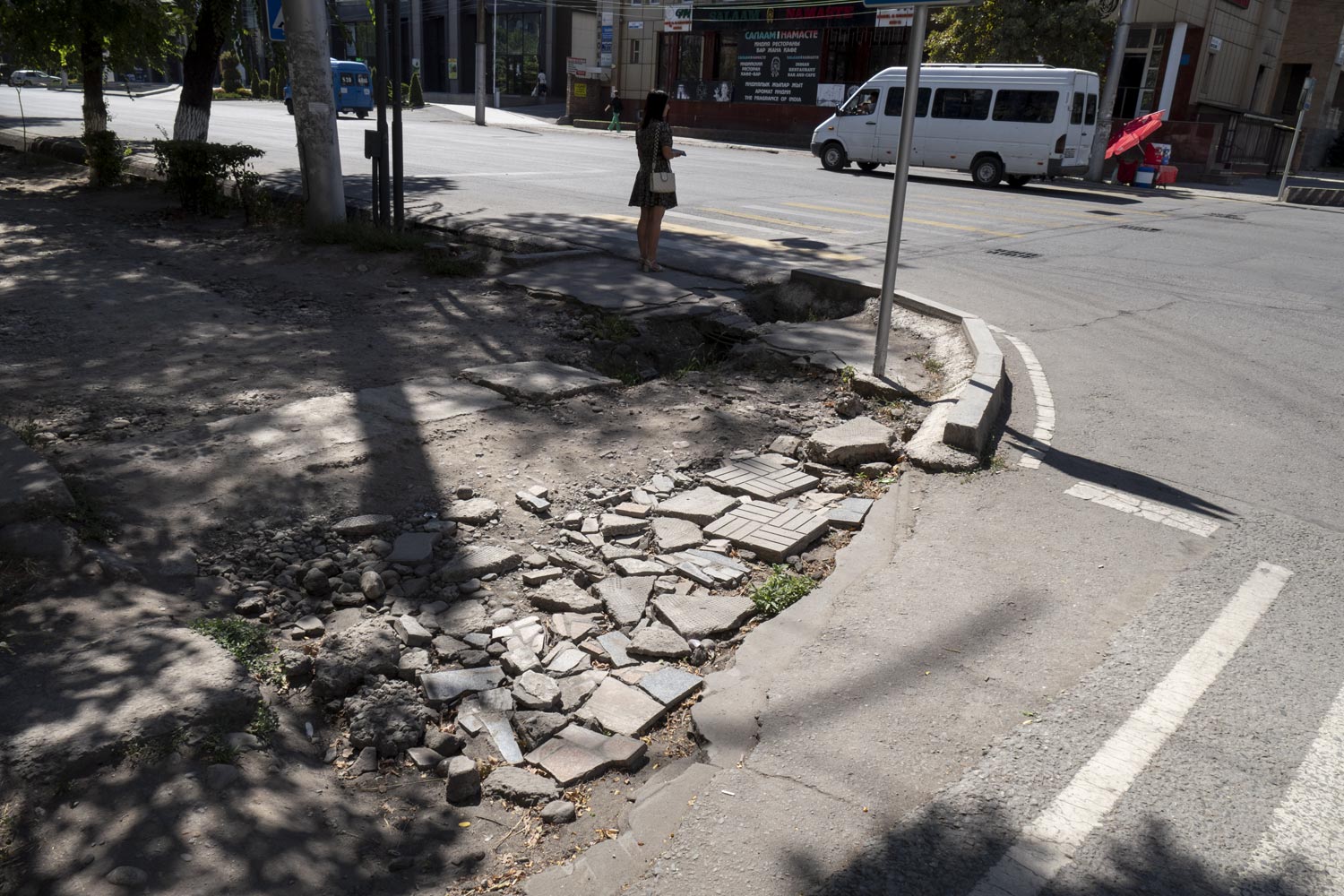
There is not a single intact sidewalk in the city at all.
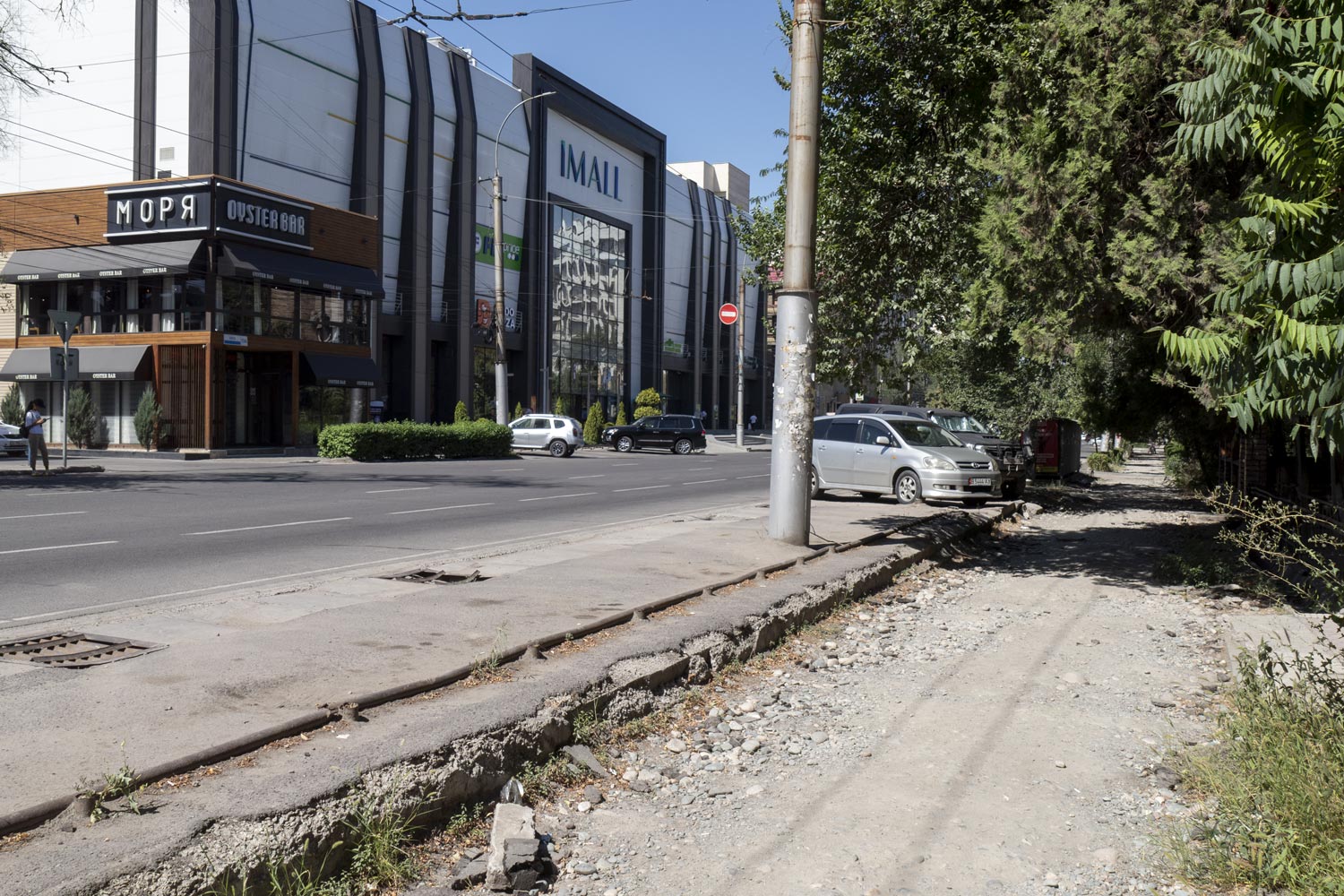
The glass from bus stops is either snatched or smashed.
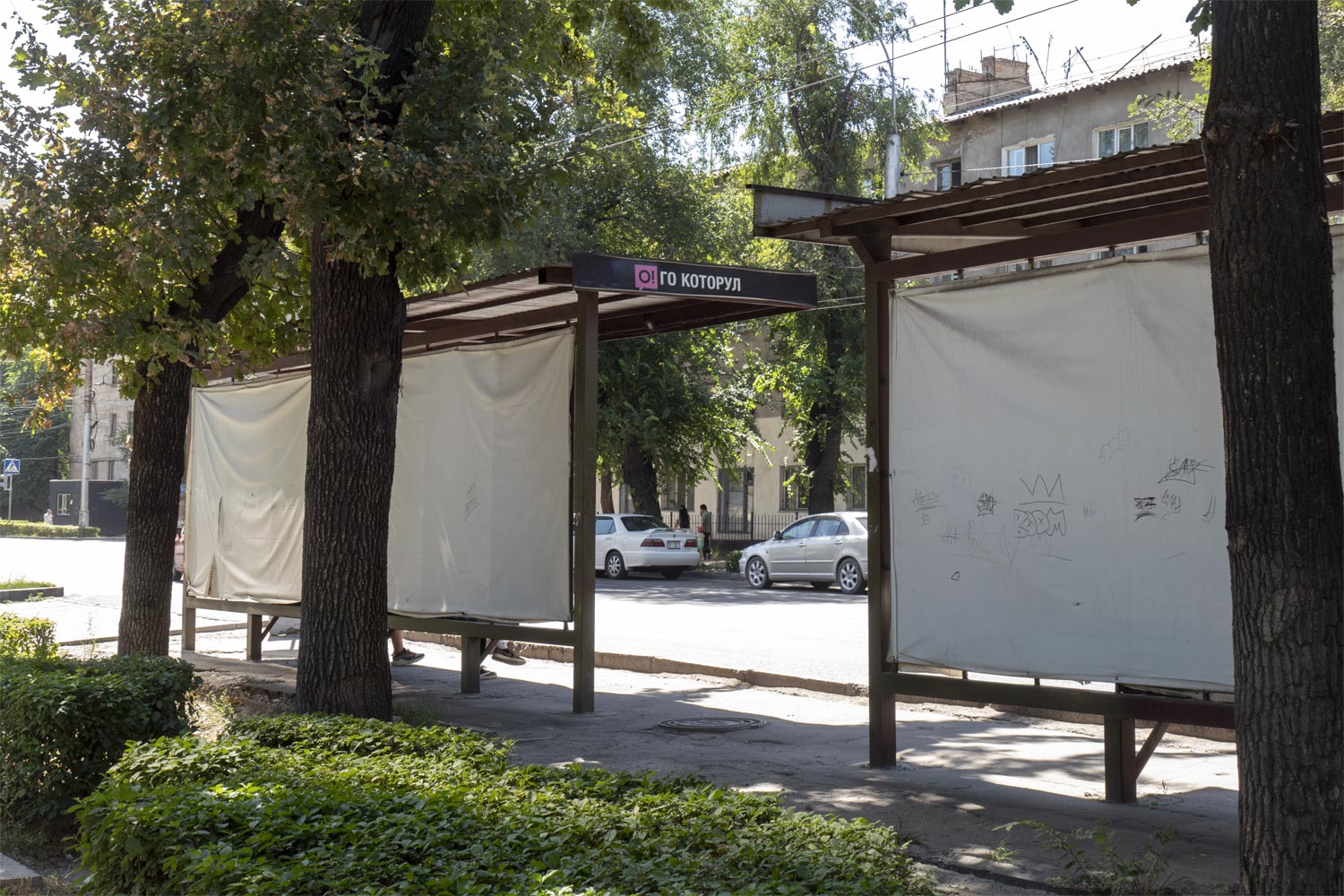
The metal fences from the trash bins were taken to summer houses.
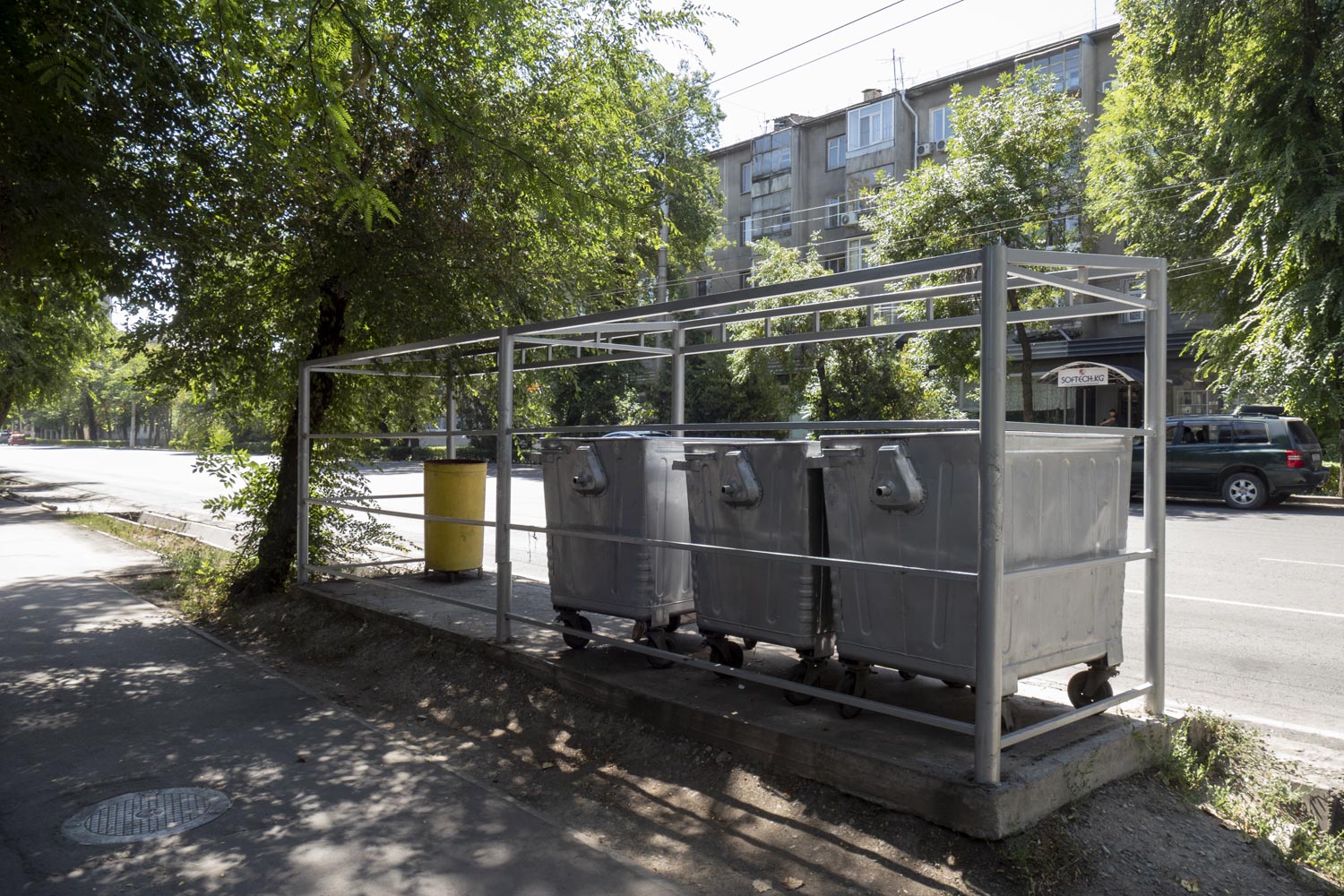
Homemade drainage channels, stretching for kilometers, hang over the remains of the sidewalks.
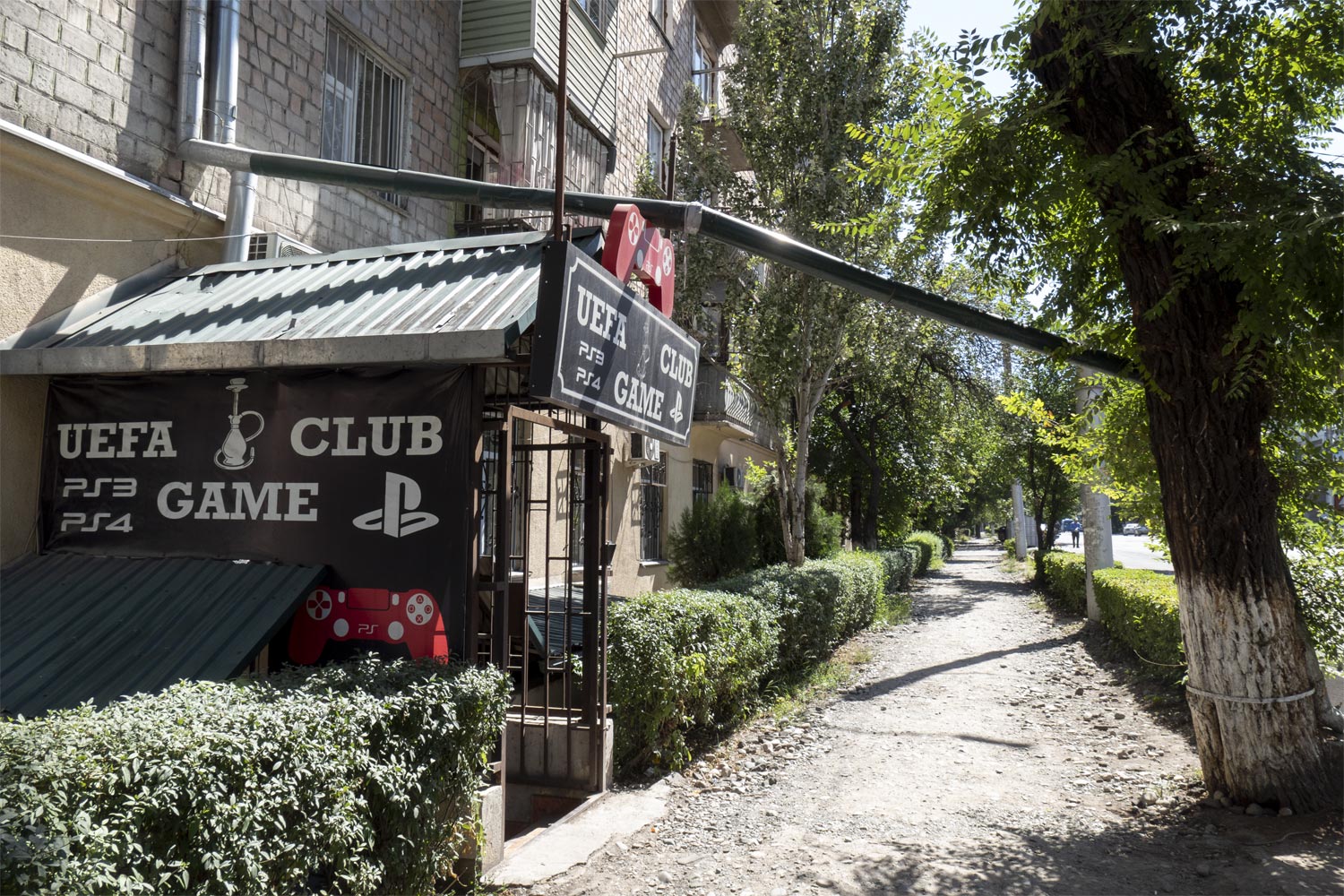
The authorities are not doing anything about it, limiting themselves to makeshift repairs.
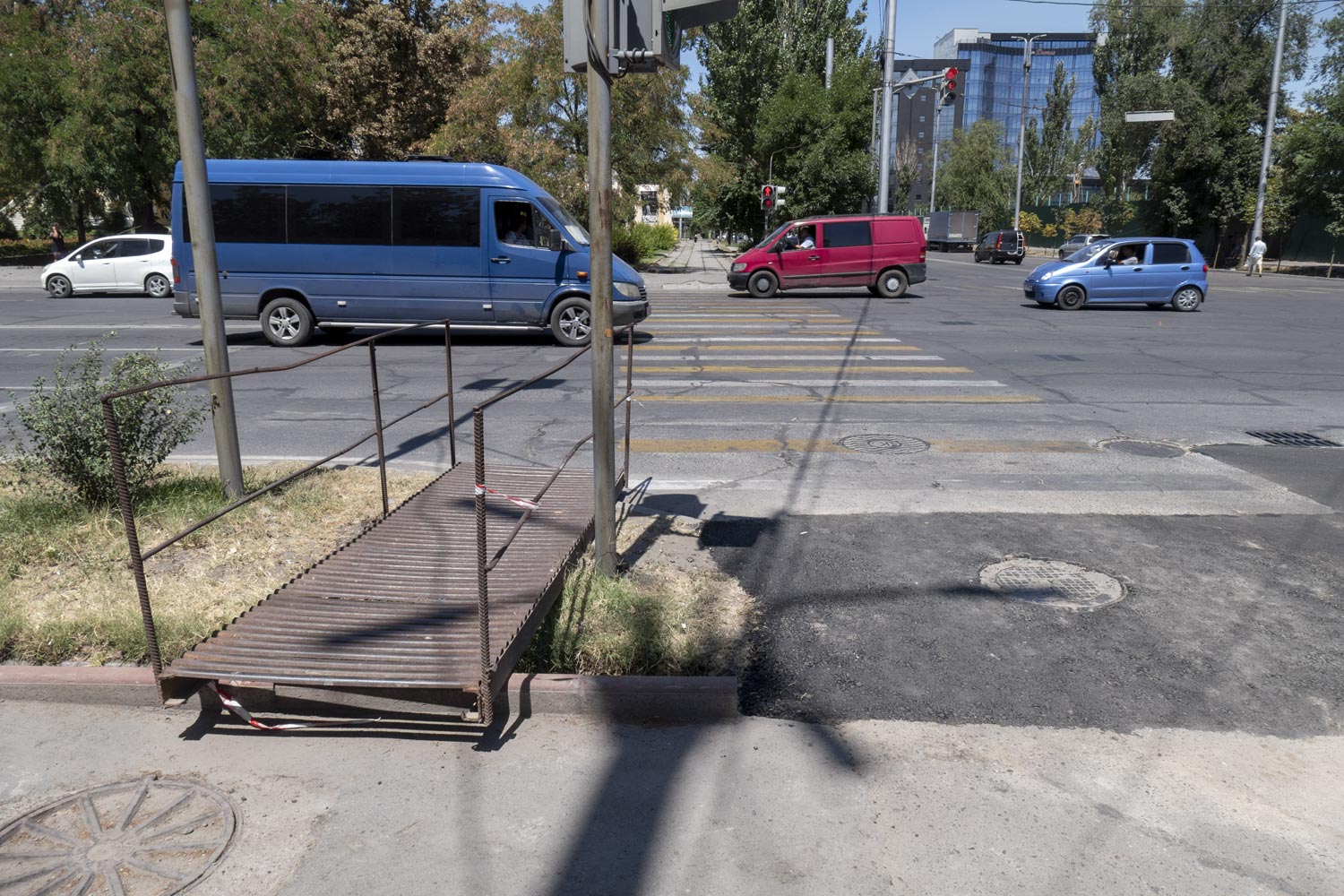
Many places in Bishkek resemble the poorest countries in Africa.
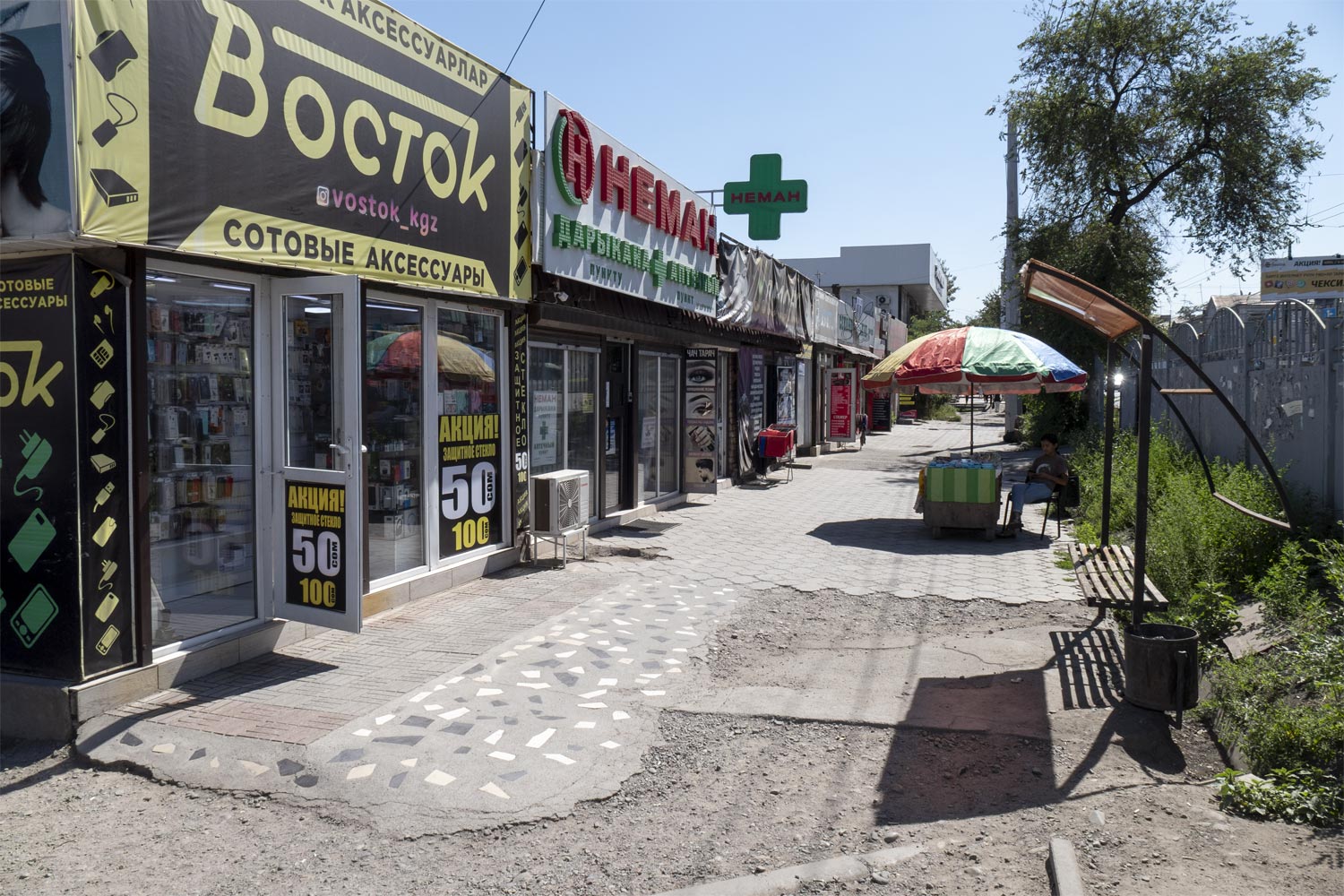
Absolute chaos. The gray concrete building is an operational shopping center, not an abandoned house.
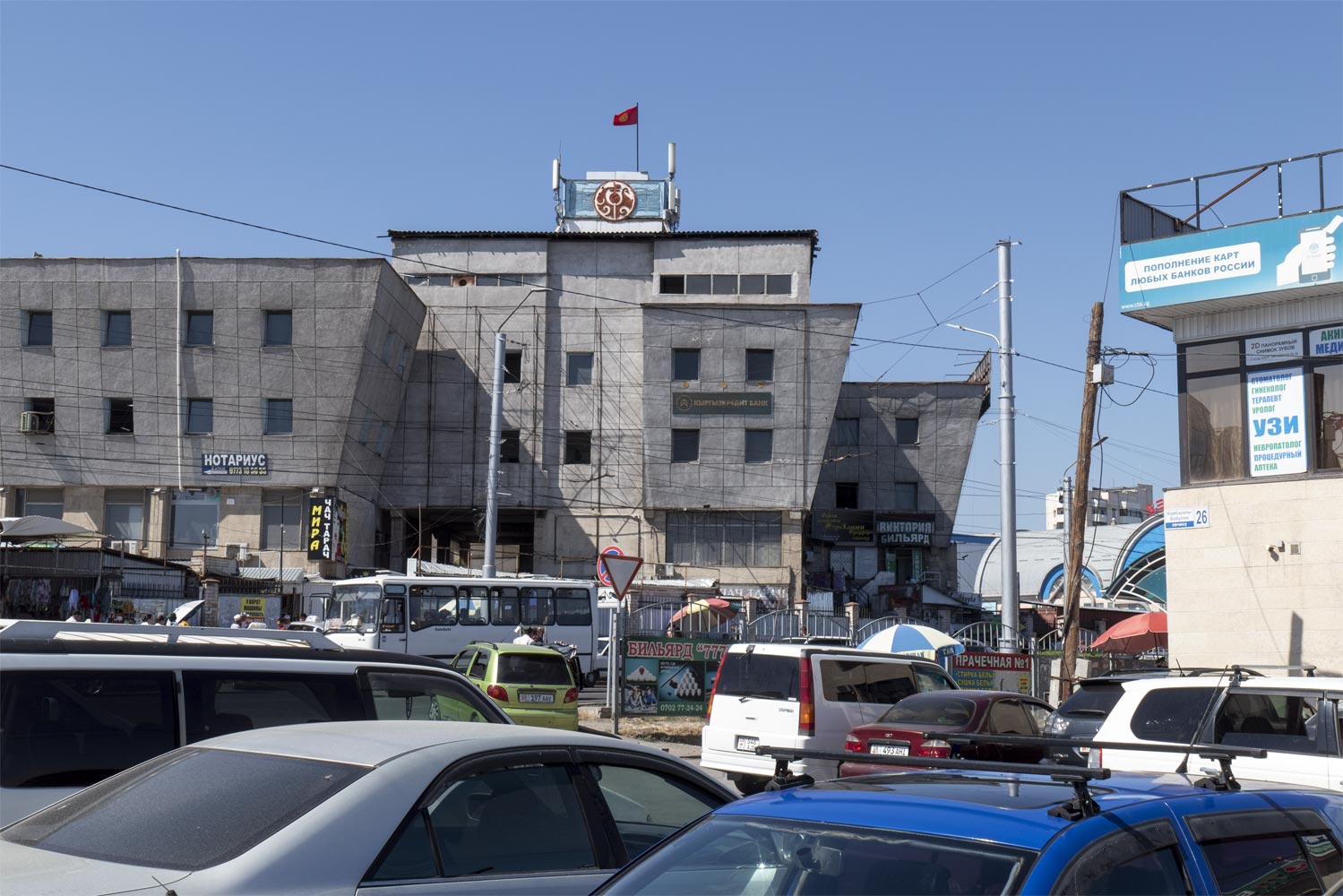
Incredibly, such a scene is just a 10-minute bus ride away from the center of Bishkek.
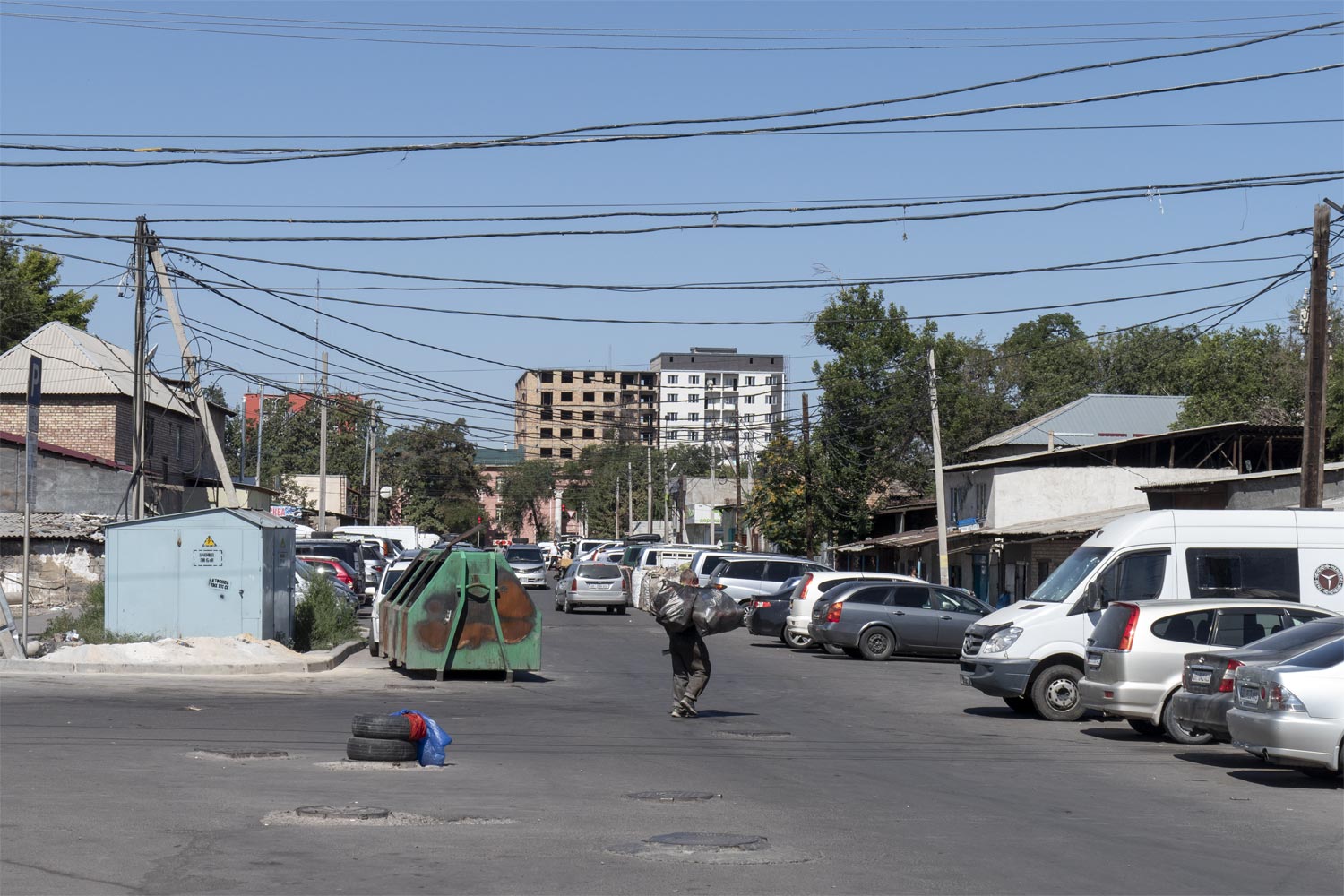
Here was the hotel where I stayed.
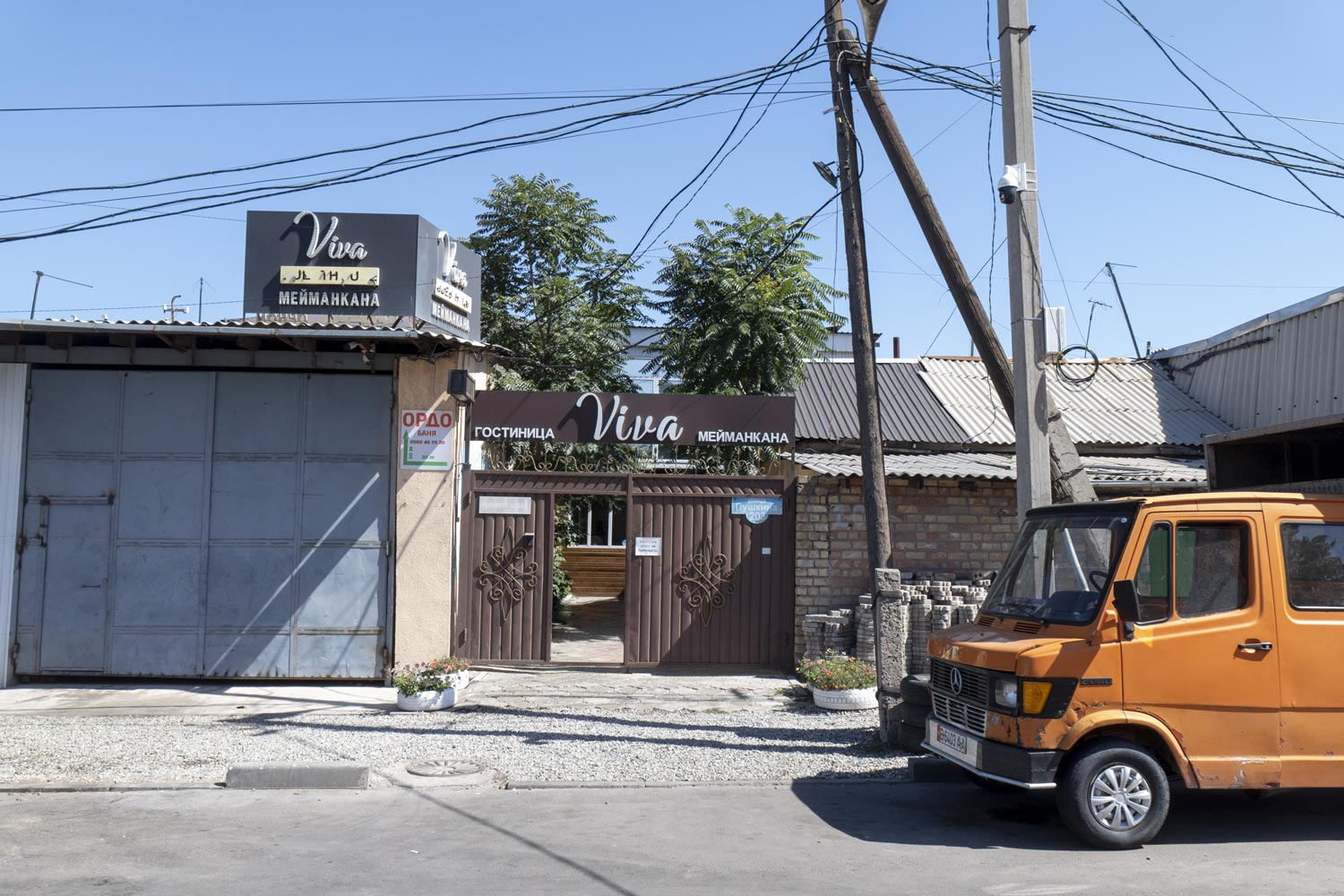
Around the hotel are literal slums. A similar scene can be seen in the slums of Kibera in the capital of Kenya, Nairobi.
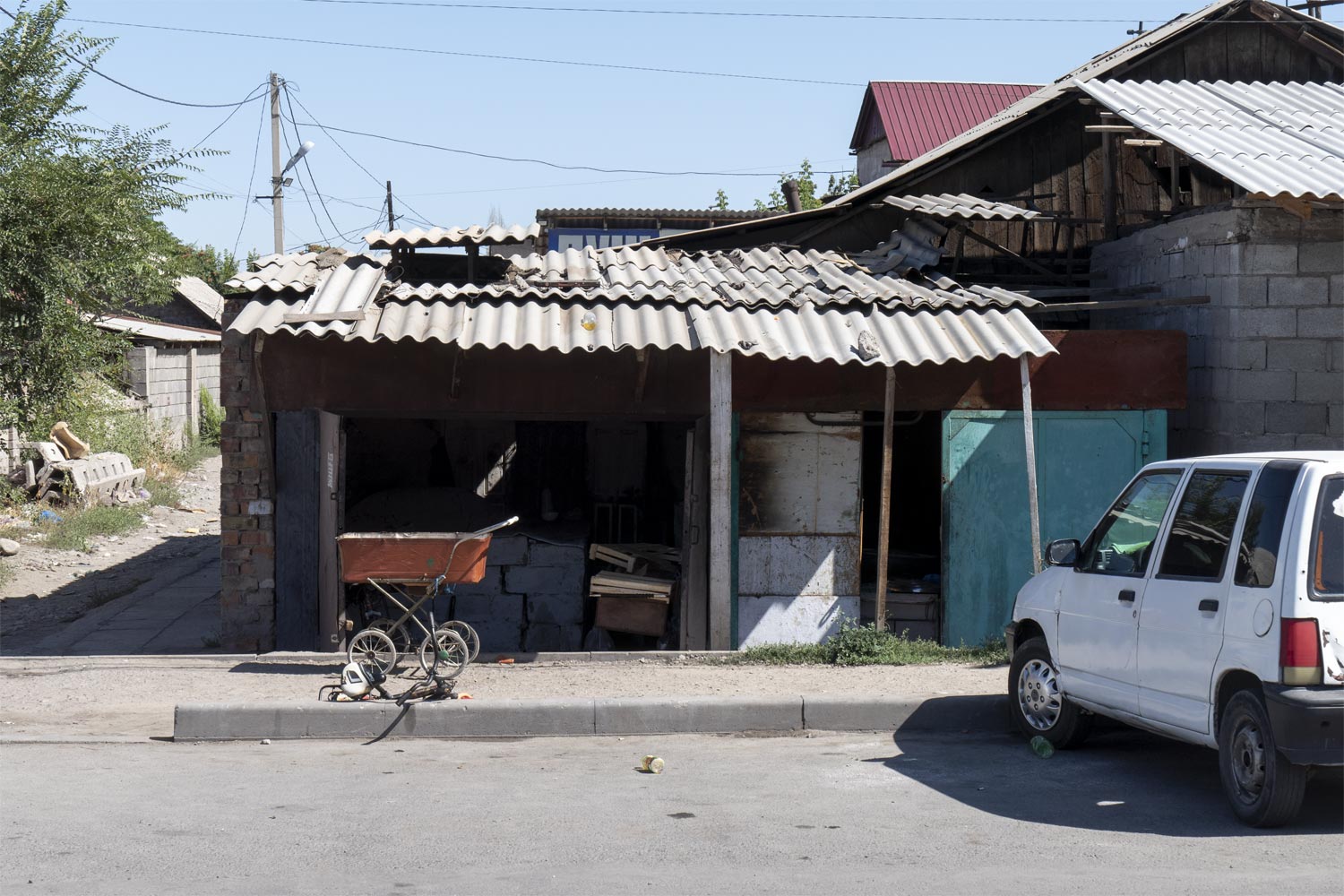
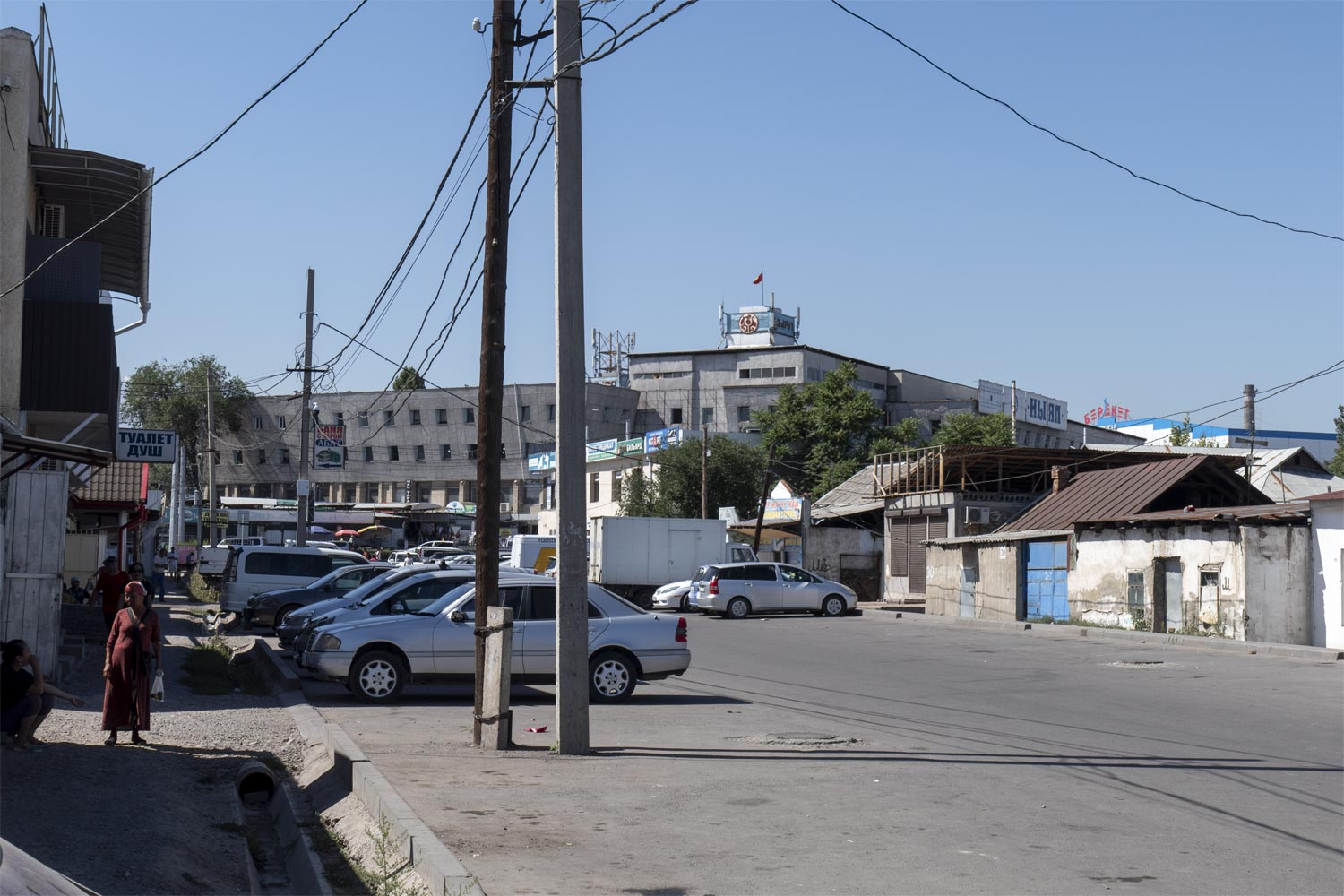
Bishkek is suffocating from advertisements.
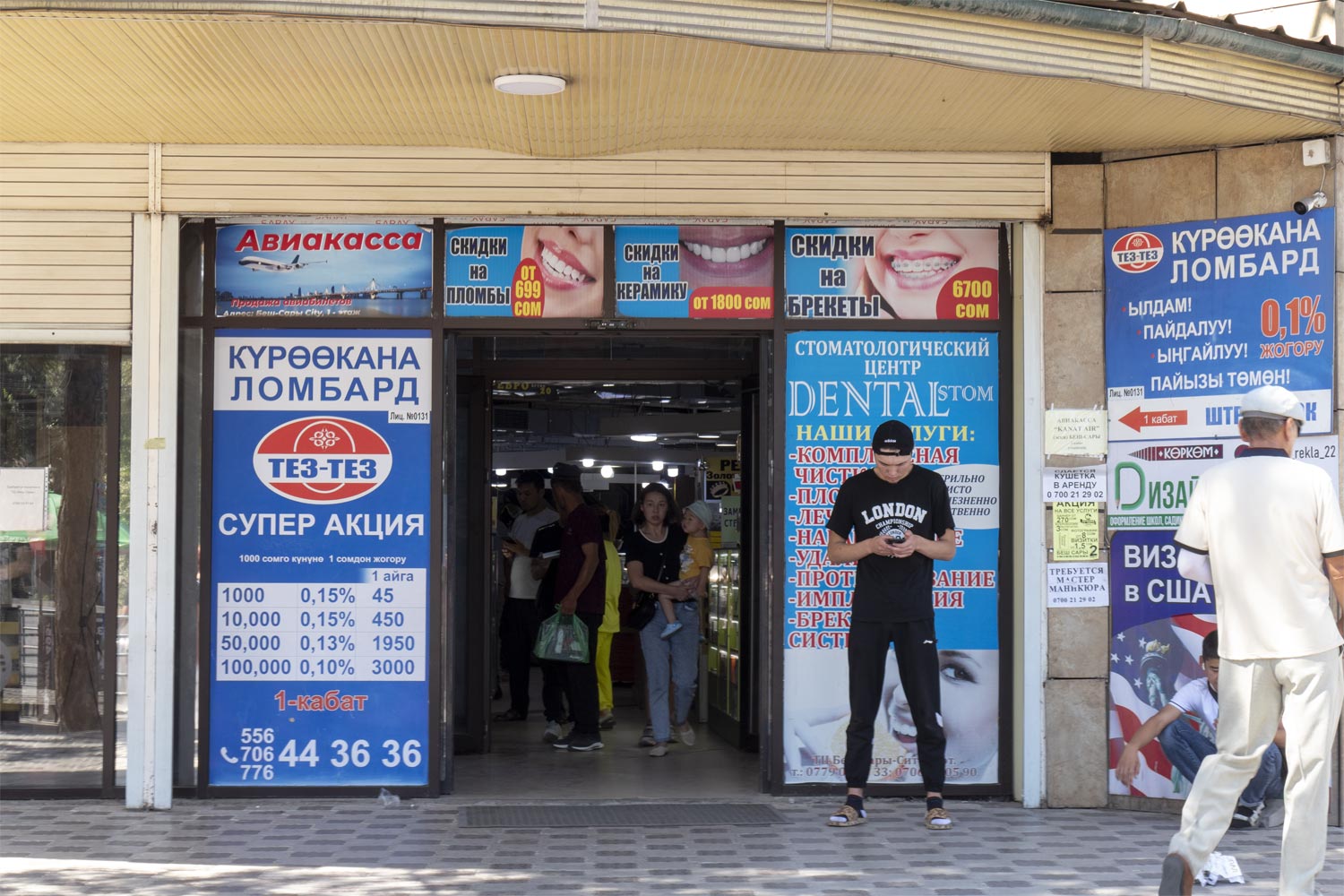
Most of the signs are advertising binary options and brokerage clubs.
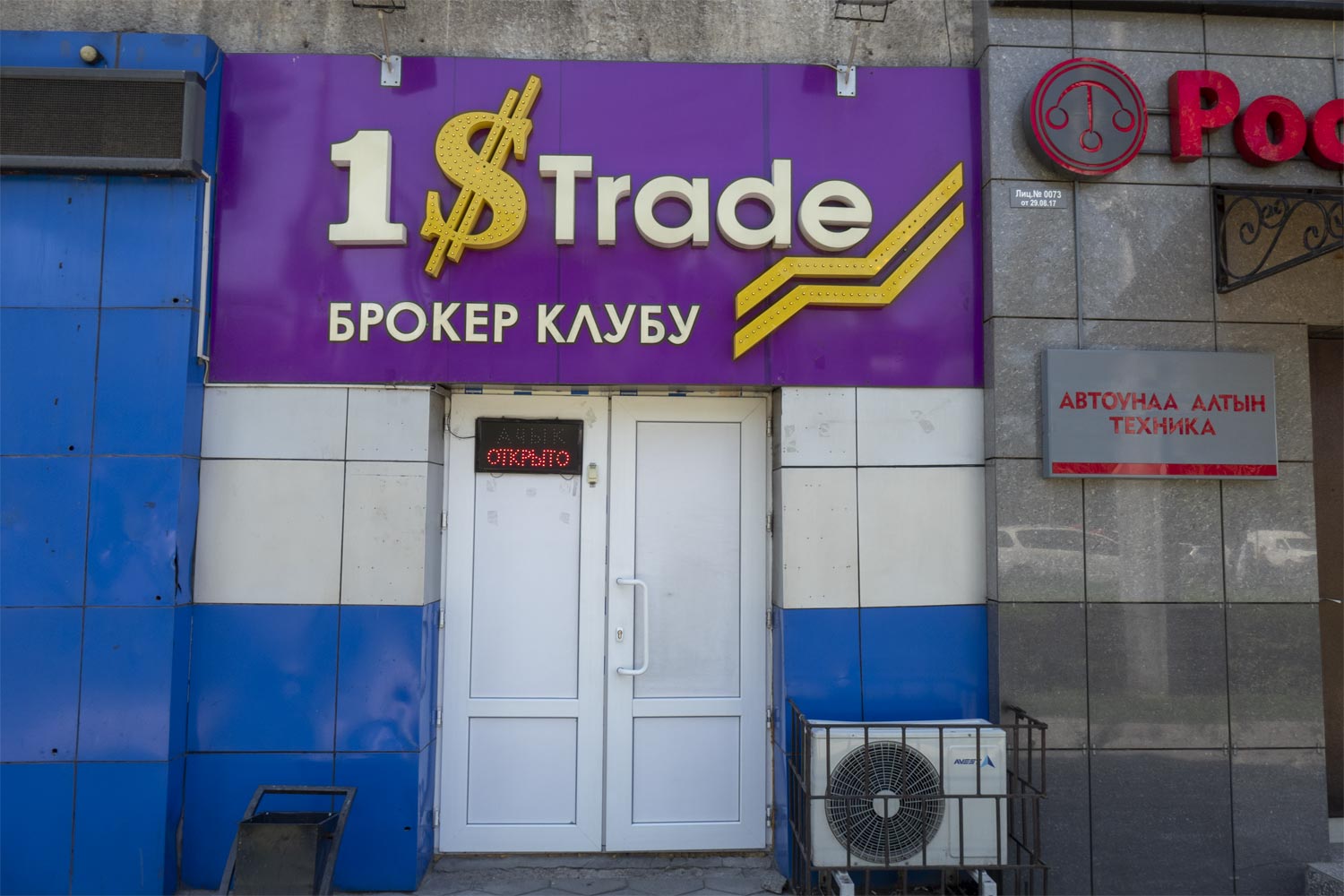
Entire buildings are dedicated to scams. Apparently, people are willingly contributing their money.
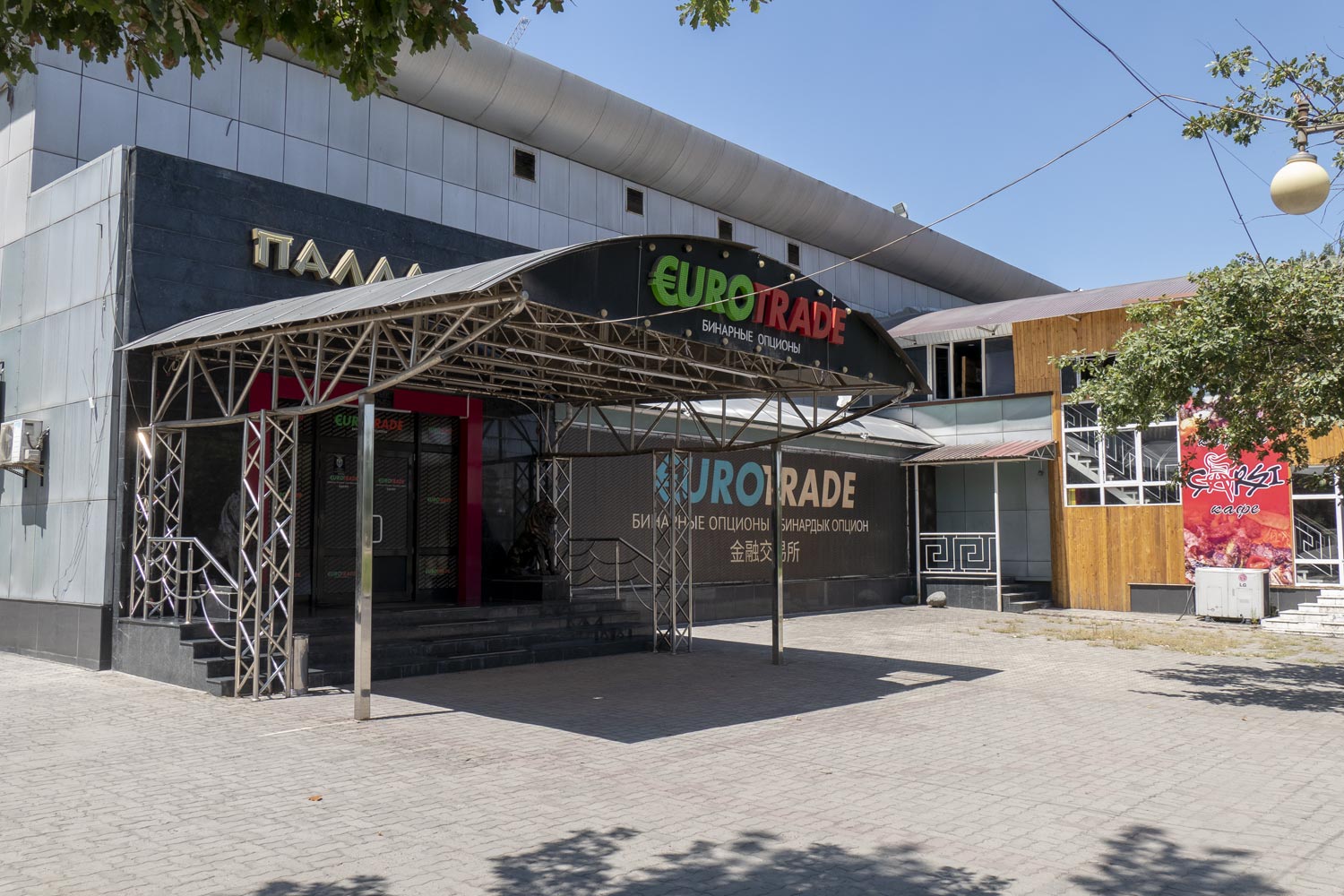
Financial pyramids, pawnshops, and microloans are popular precisely in places where the population lacks money. In desperation, people take out loans at exorbitant interest rates and gamble it on bets or binary options, hoping to win a fortune. Naturally, they end up losing everything. Afterward, they pawn their grandmother’s earrings at a pawnshop to avoid being harassed by debt collectors.
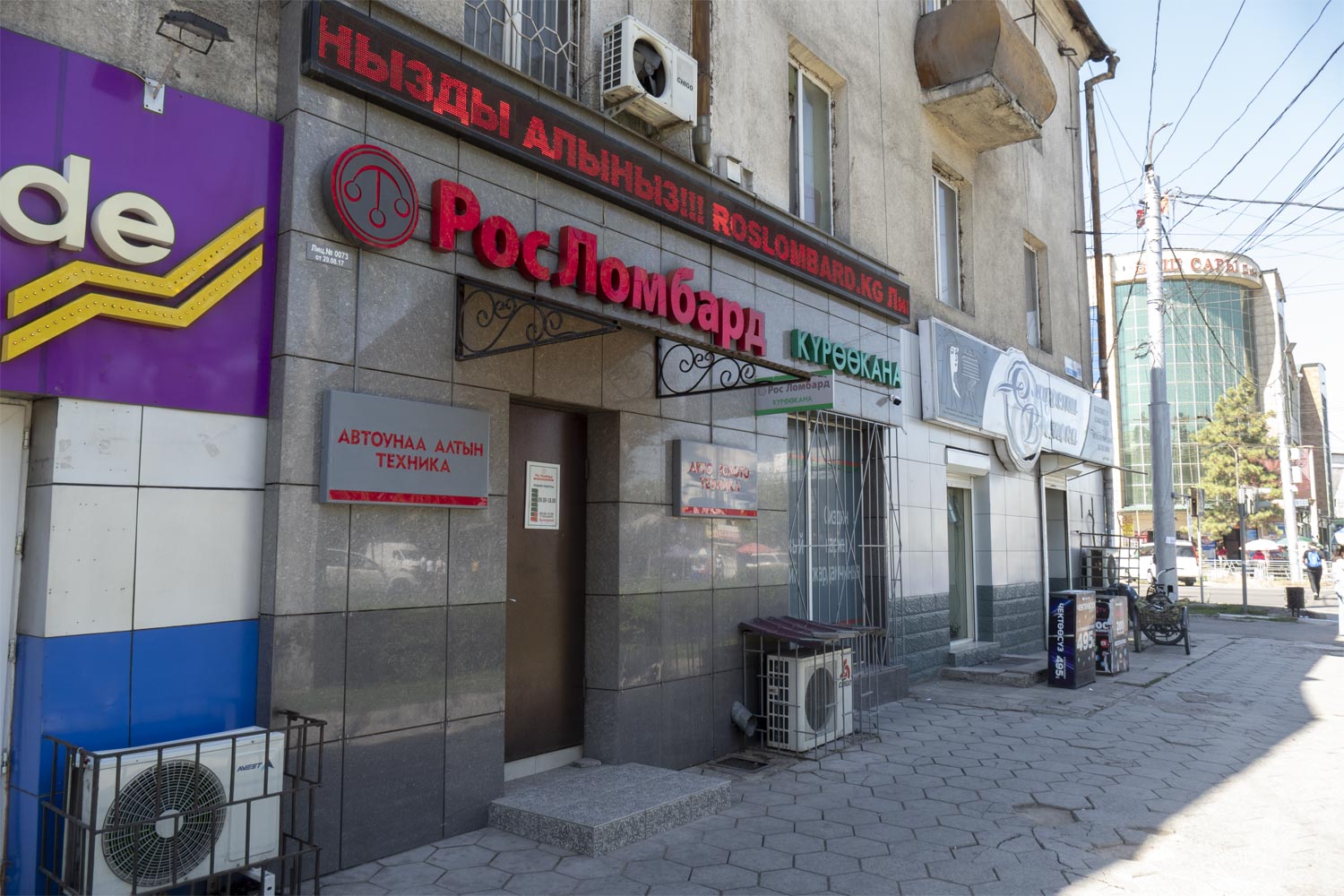
Conveniently located next to each pawnshop is a lawyer and a notary. The lawyer assures the client that they will be genuinely killed, yet nothing will happen to the perpetrators. The notary suggests transferring ownership of their apartment.
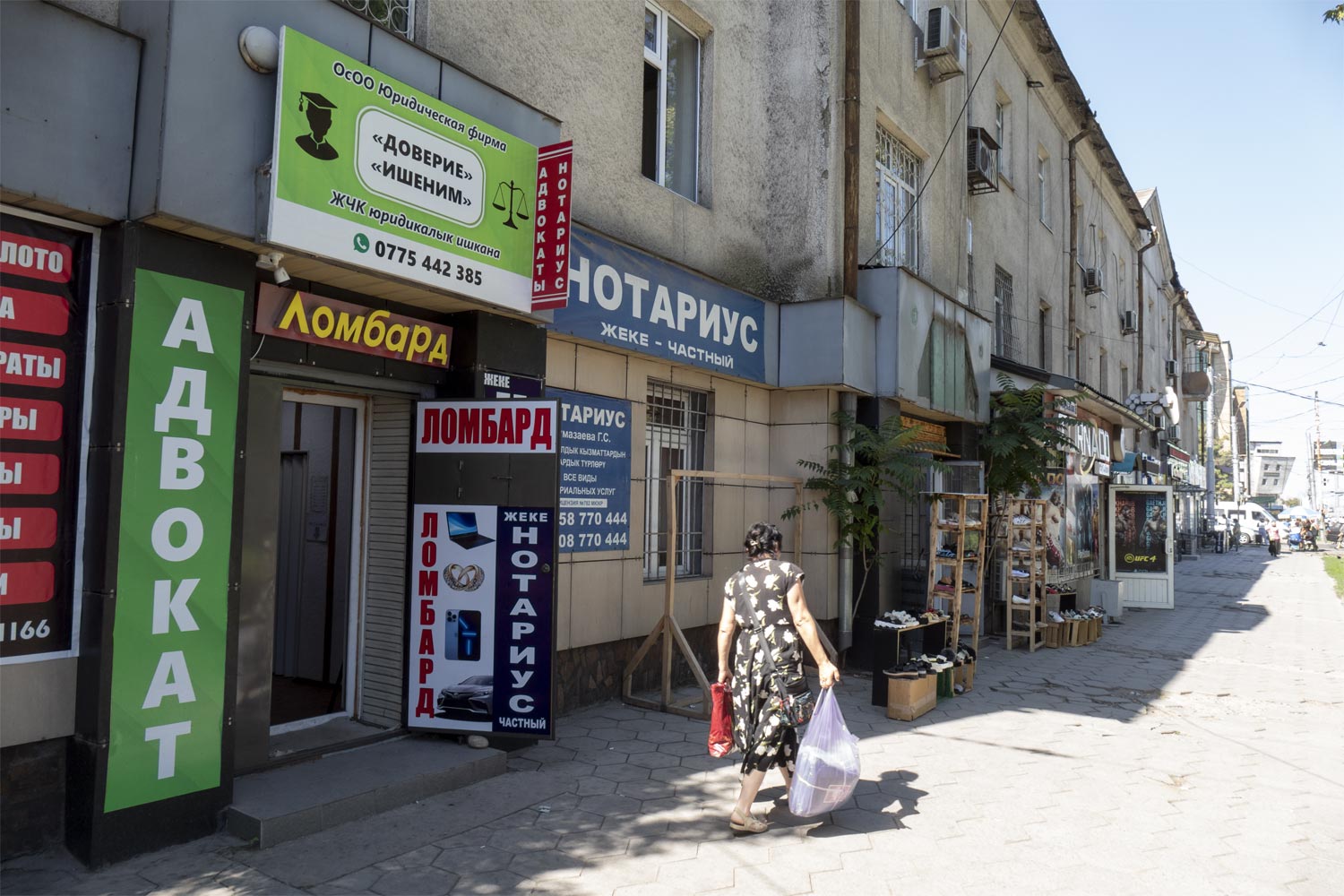
I entered one of those scams with a sign that said CRYPTO WALCOIN. Inside, it turned out to be a space resembling a billiards bar from the 1990s, so heavily smoke-filled that it took my breath away.
Instead of billiard tables, there were computers in the club, and behind them sat heavily intoxicated “traders” in tattered plaid shirts with unwashed hair.
When I asked about the purpose of that establishment, they replied, “We only rent out computers and provide quick access to the stock exchange.” Well, of course. It’s like we’re in the 90s when no one has a computer at home.
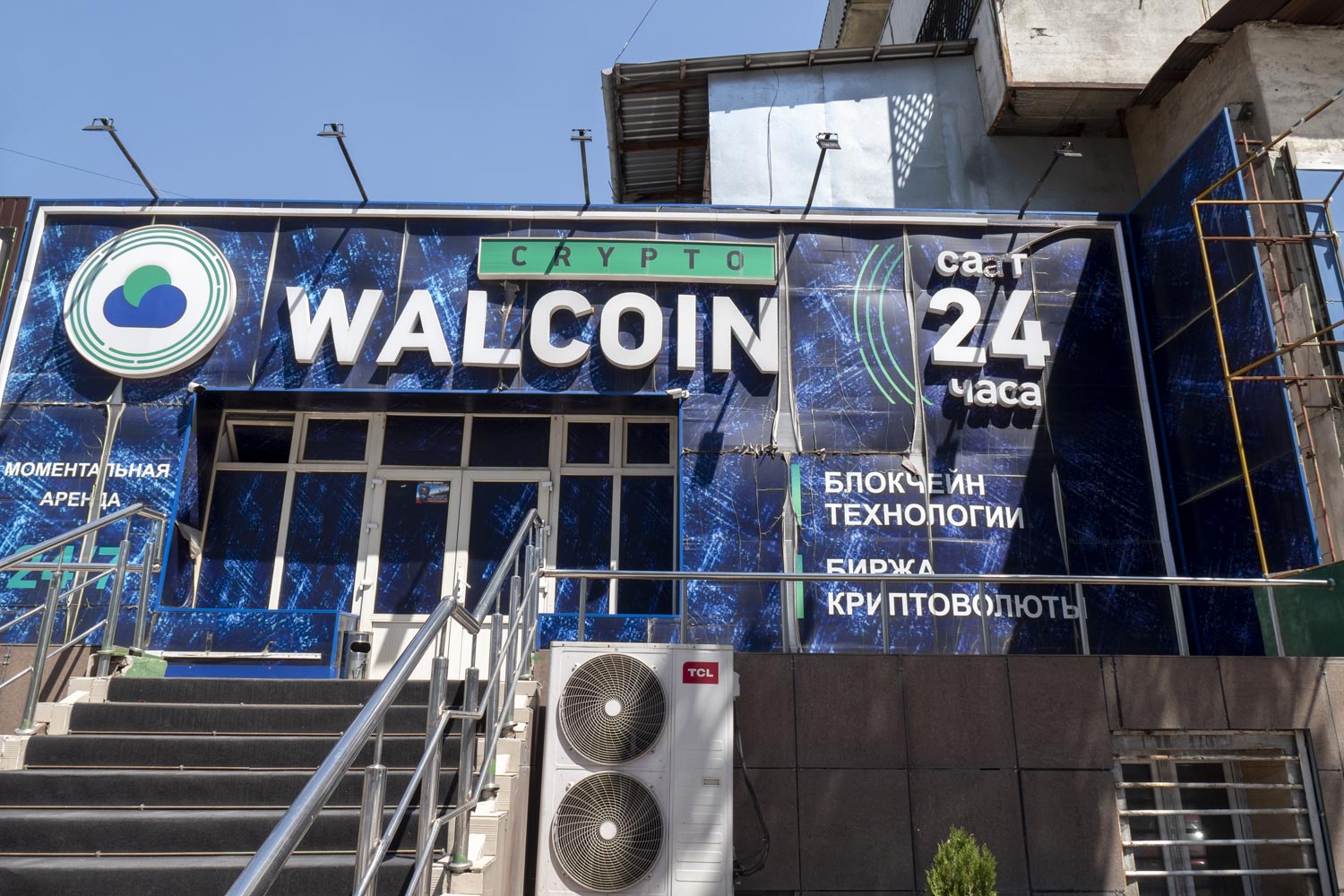
I sincerely feel sorry for Russians who have decided to leave the war and specifically move to Bishkek. The city is completely destroyed both physically and morally. Only a couple of decent cafes can be found throughout the capital. Mostly serving kebabs and fast food.
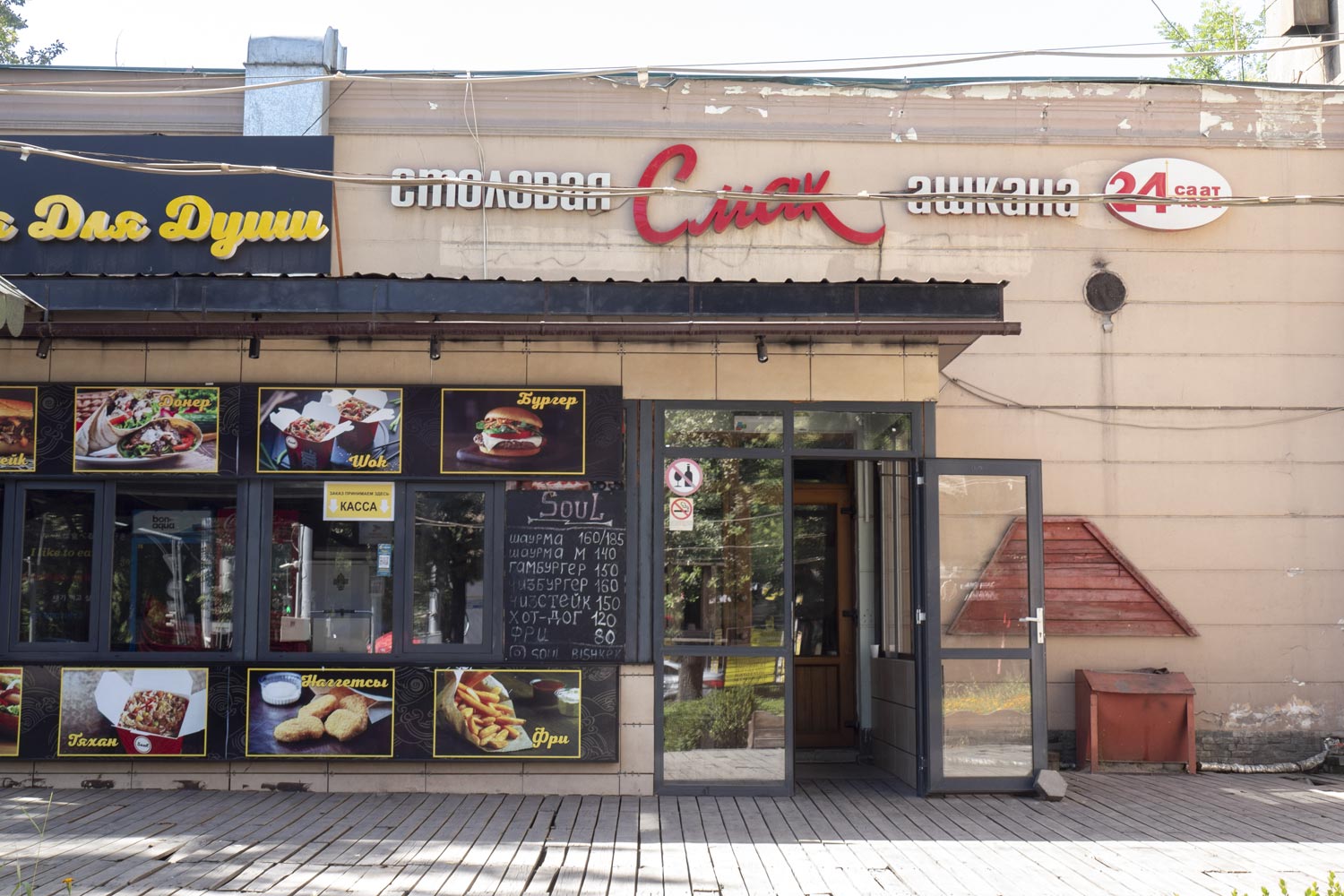
The beverage options include maksym, chalap, and kvass.
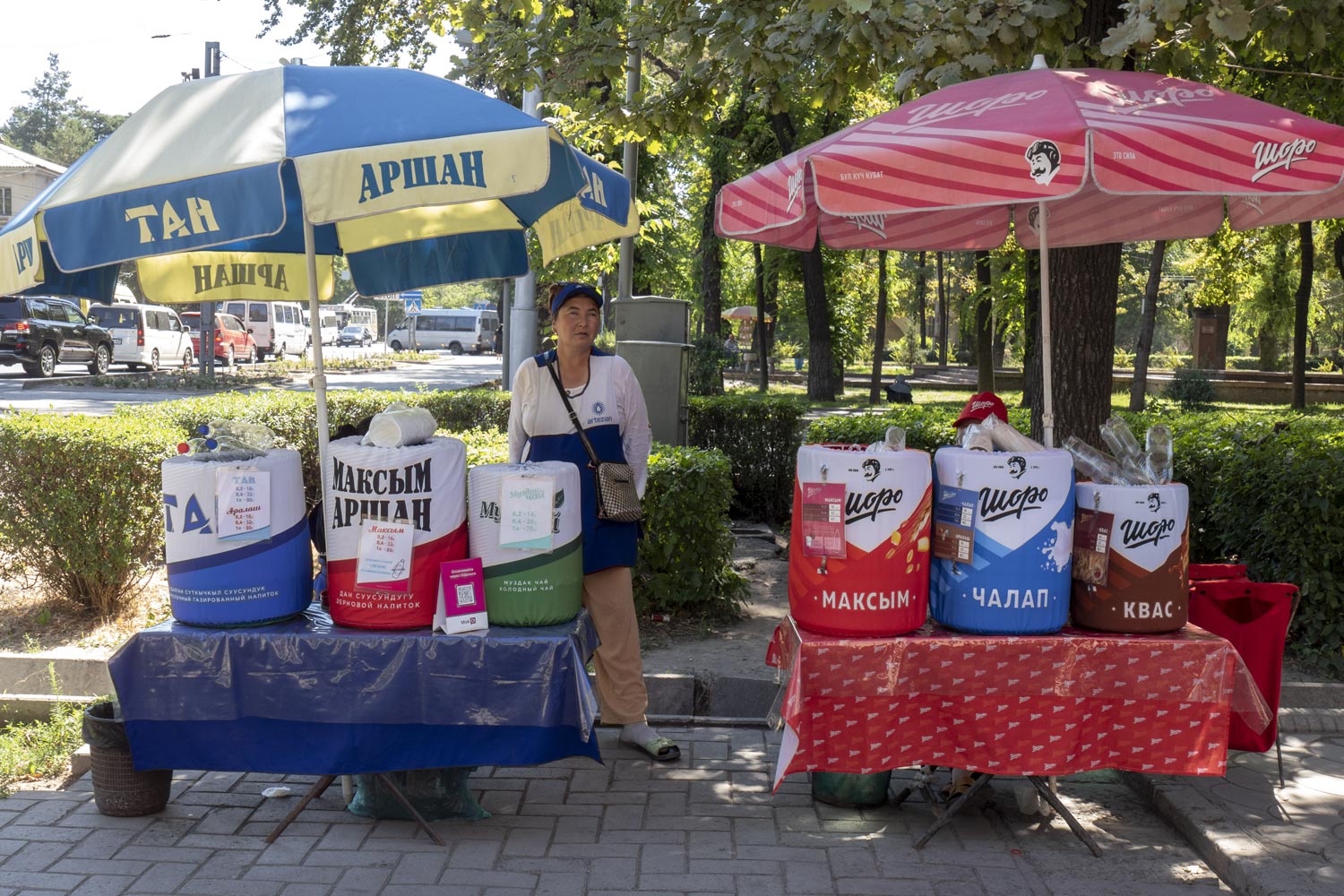
At my own risk, I tried maksym. It’s a national drink prepared by mixing flour, starter culture, and water. Absolutely disgusting.
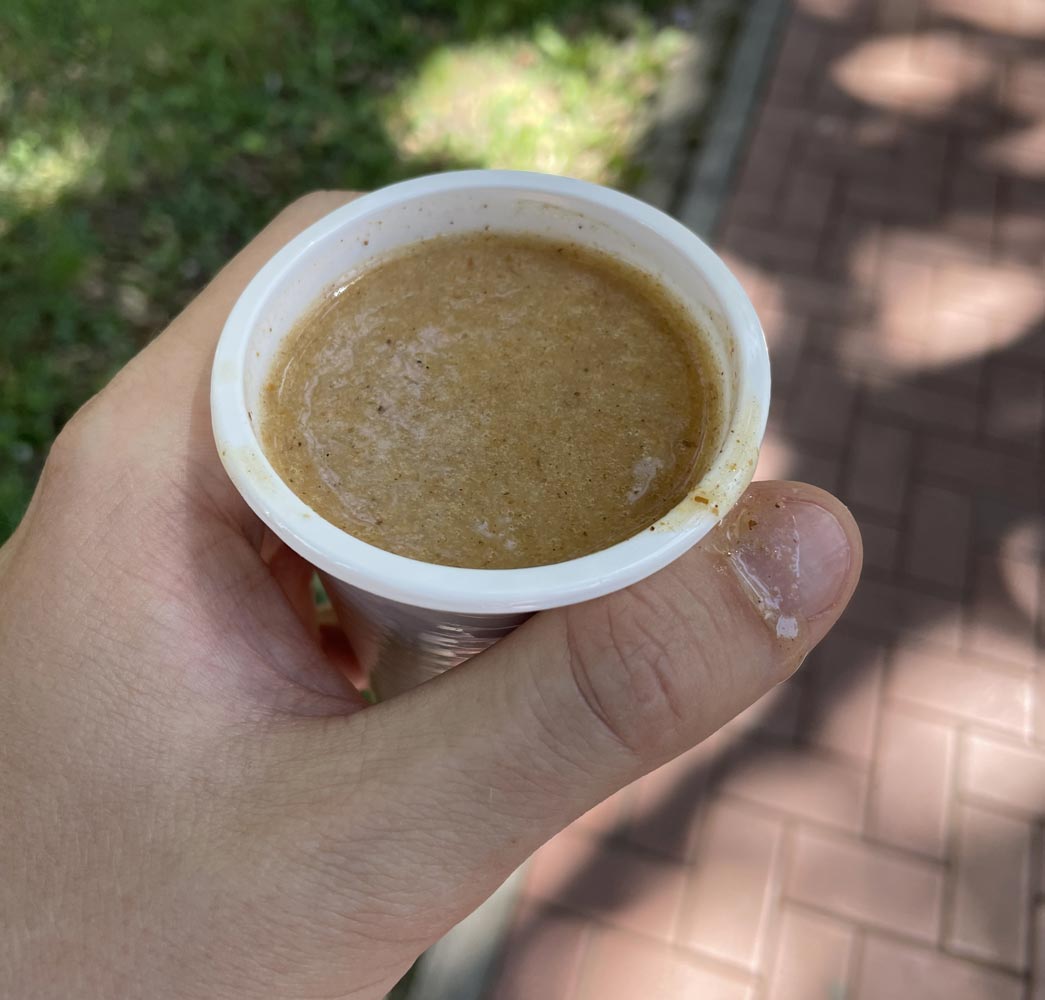
Bishkek is an exhibition of crazy signs. Here, takes place a “loading of ones”.
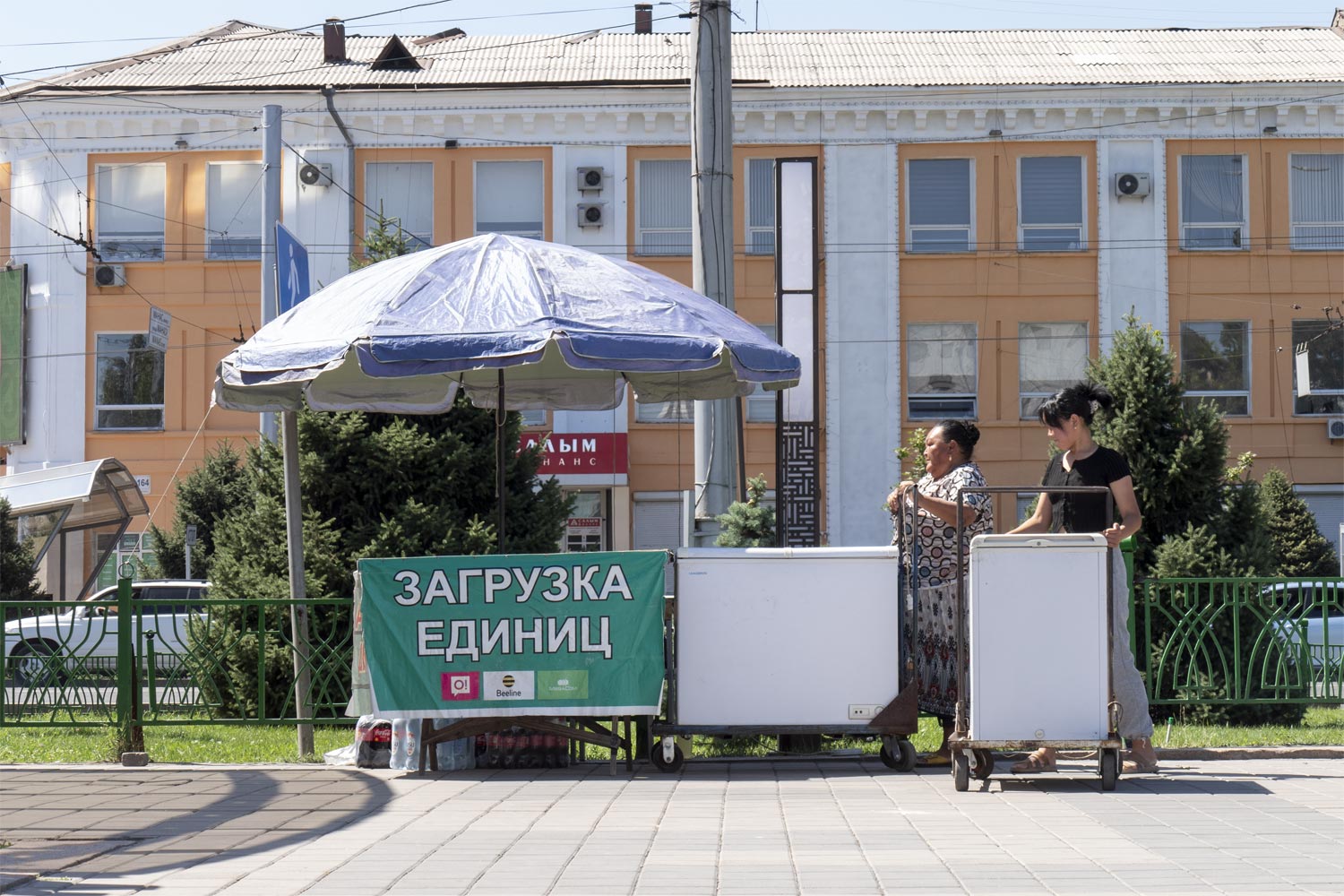
Here they sell “Spooky” carpets.
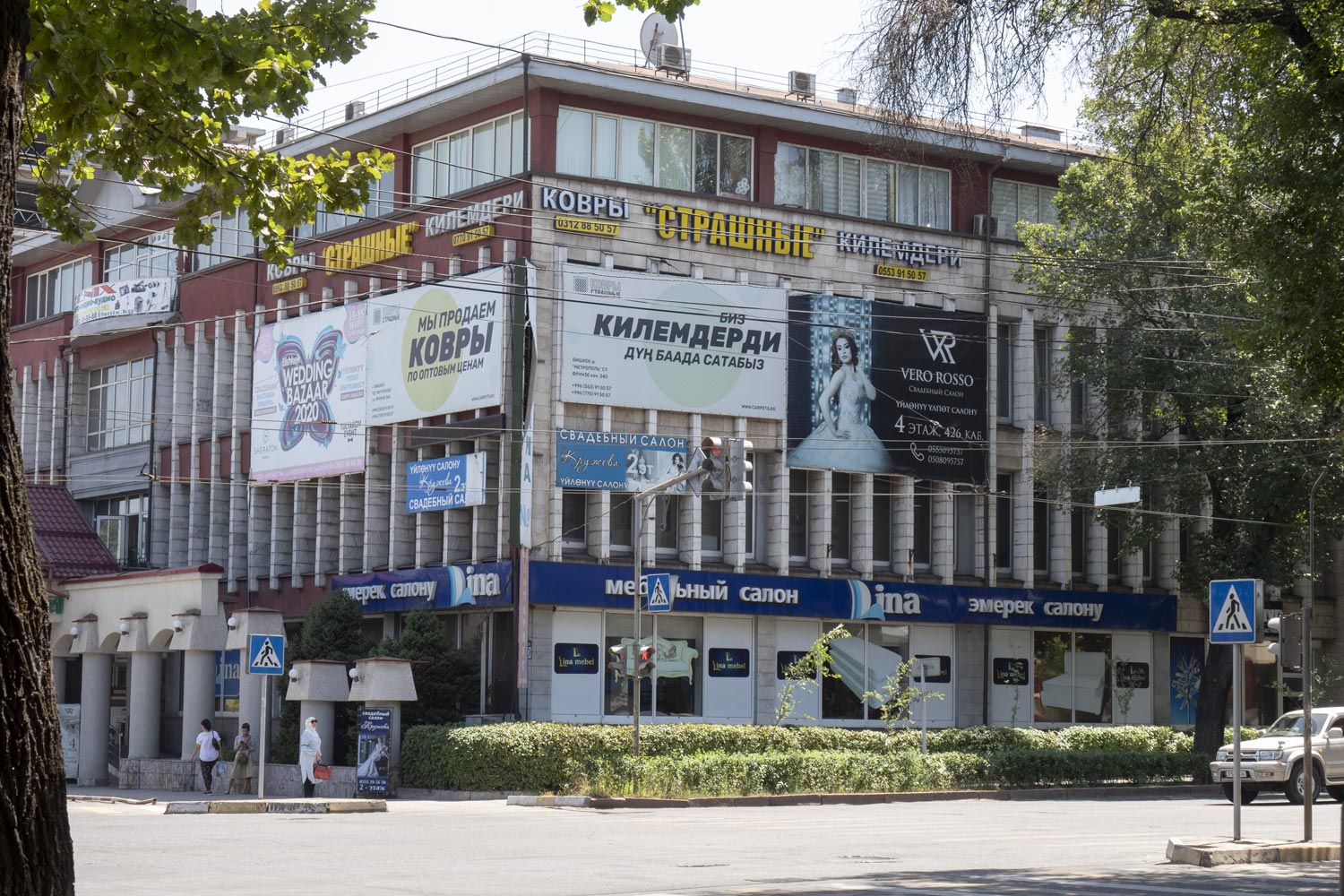
Works the grocery store “Marlenchik”.
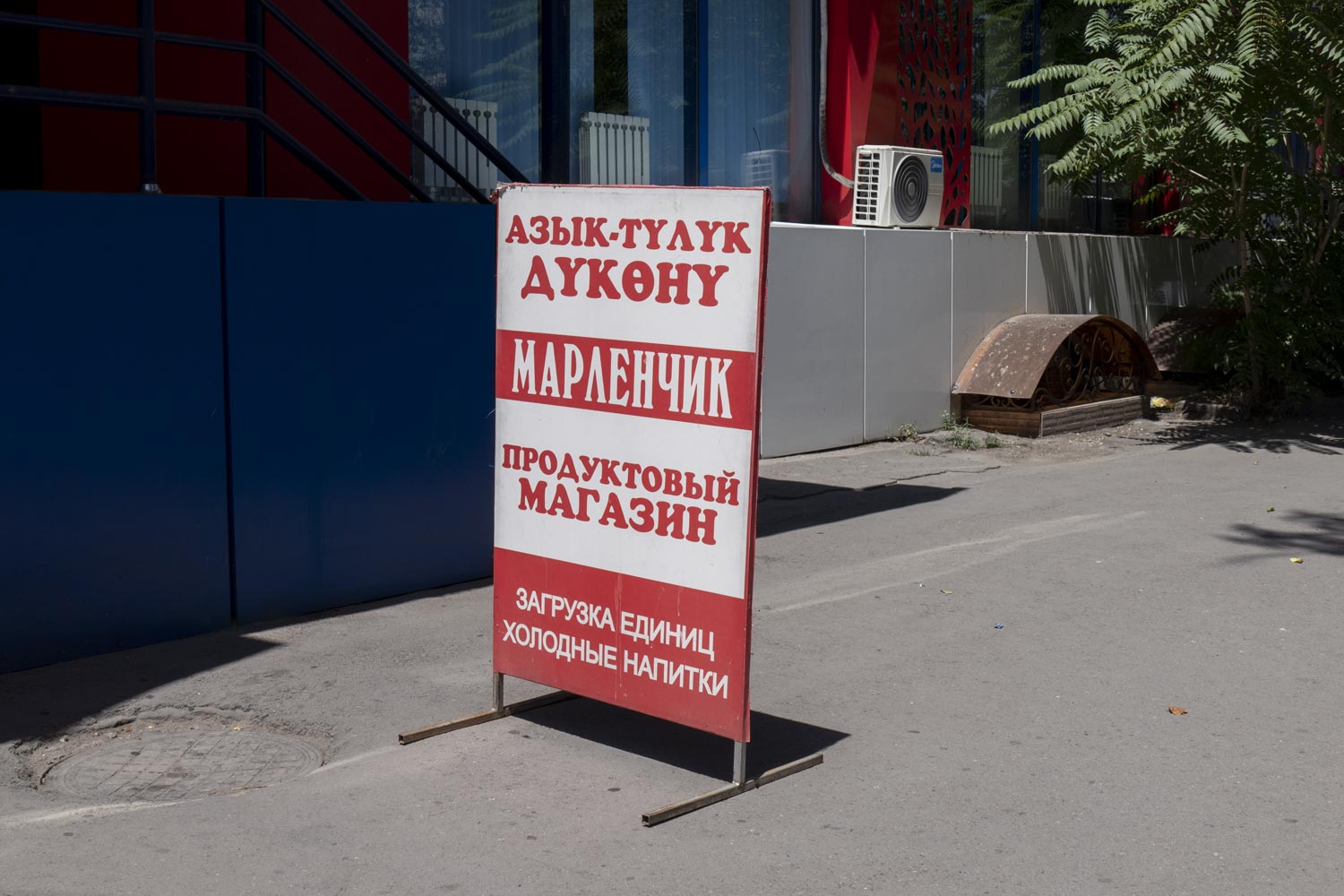
The clothing store “Armine” offers its products.
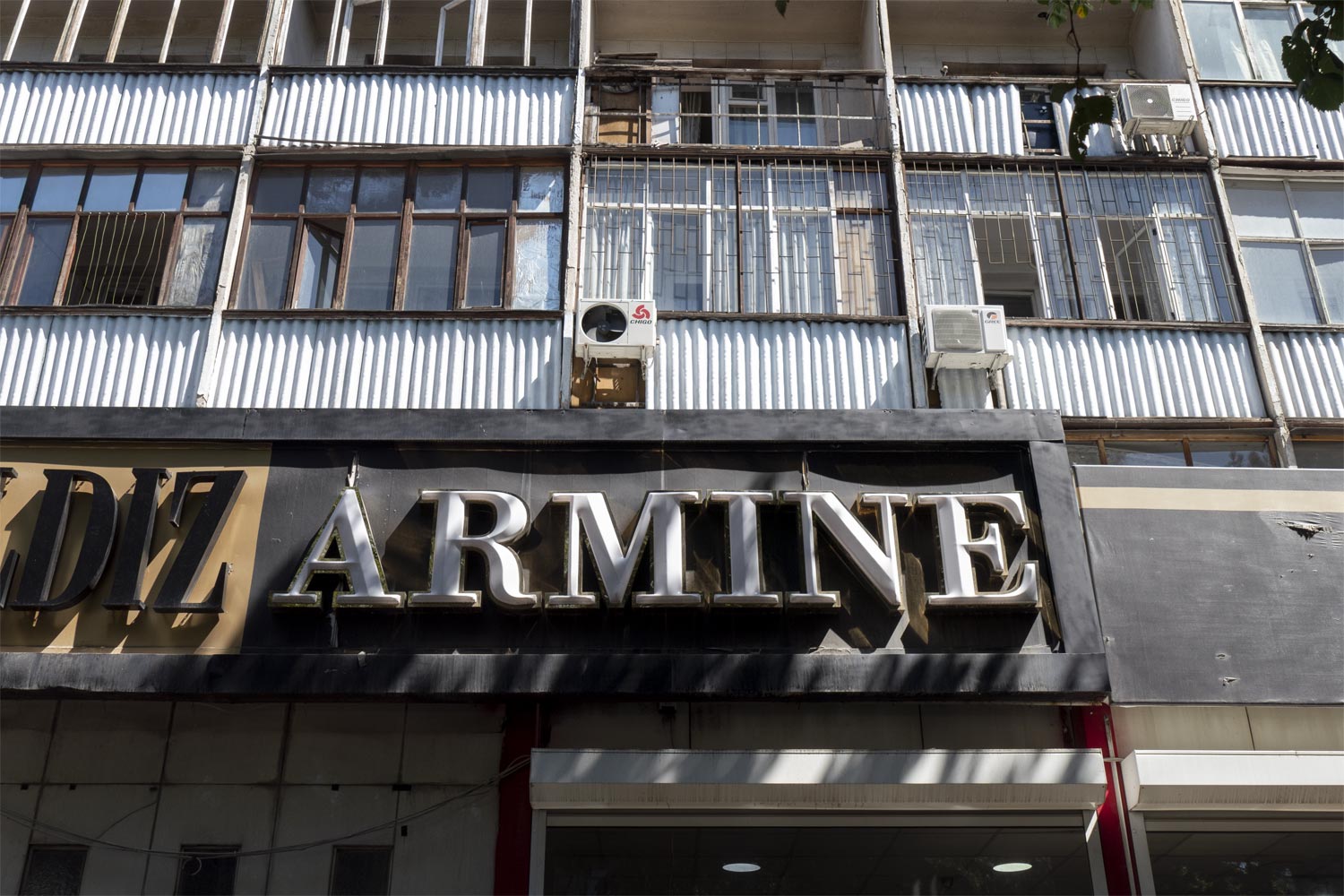
The panel high-rise building “Sheraton” towers over the city.
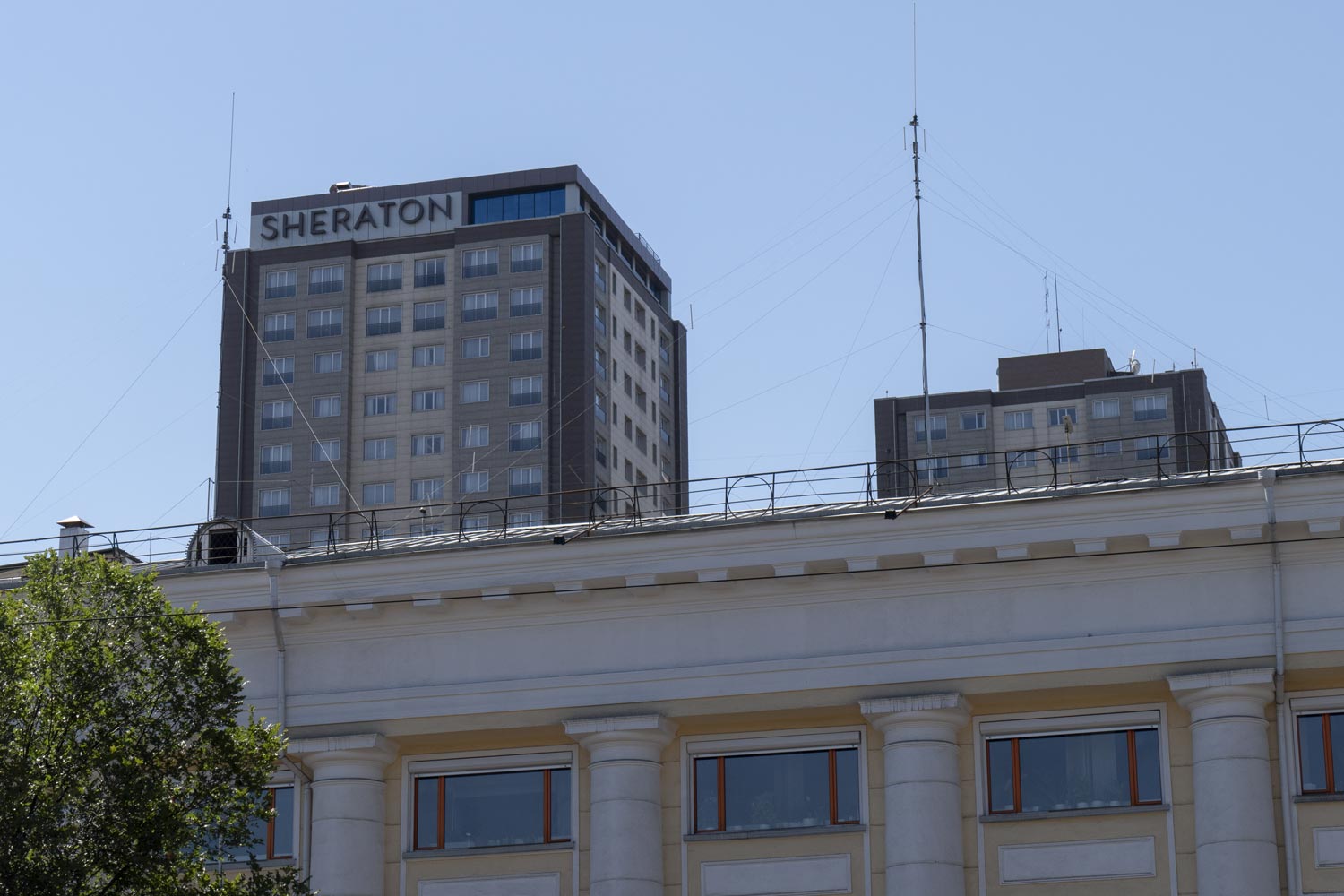
Bishkek is a madhouse. Here, a concrete slab can be placed across the window.
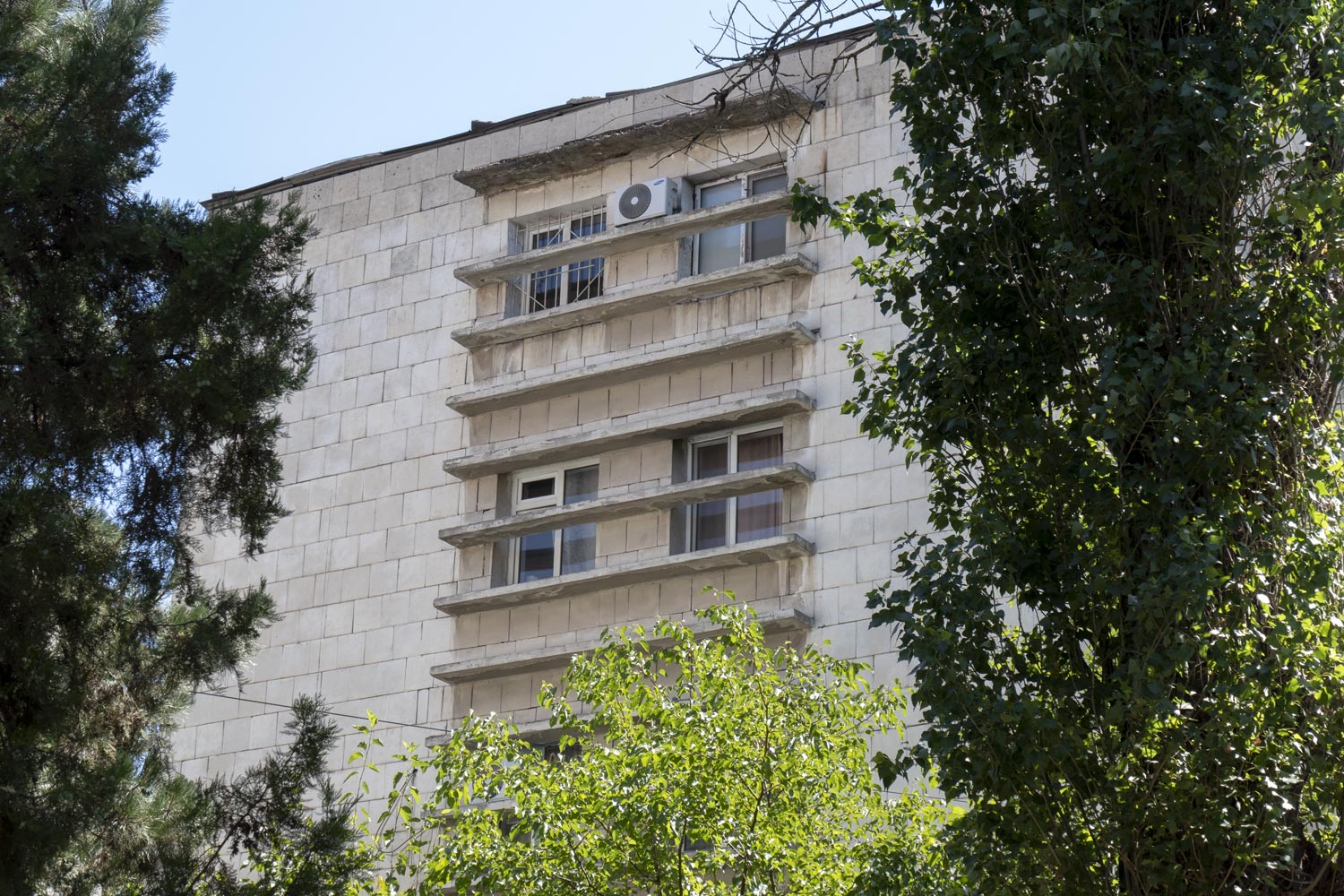
Here is performed some terrifying operation — Muslim correction.
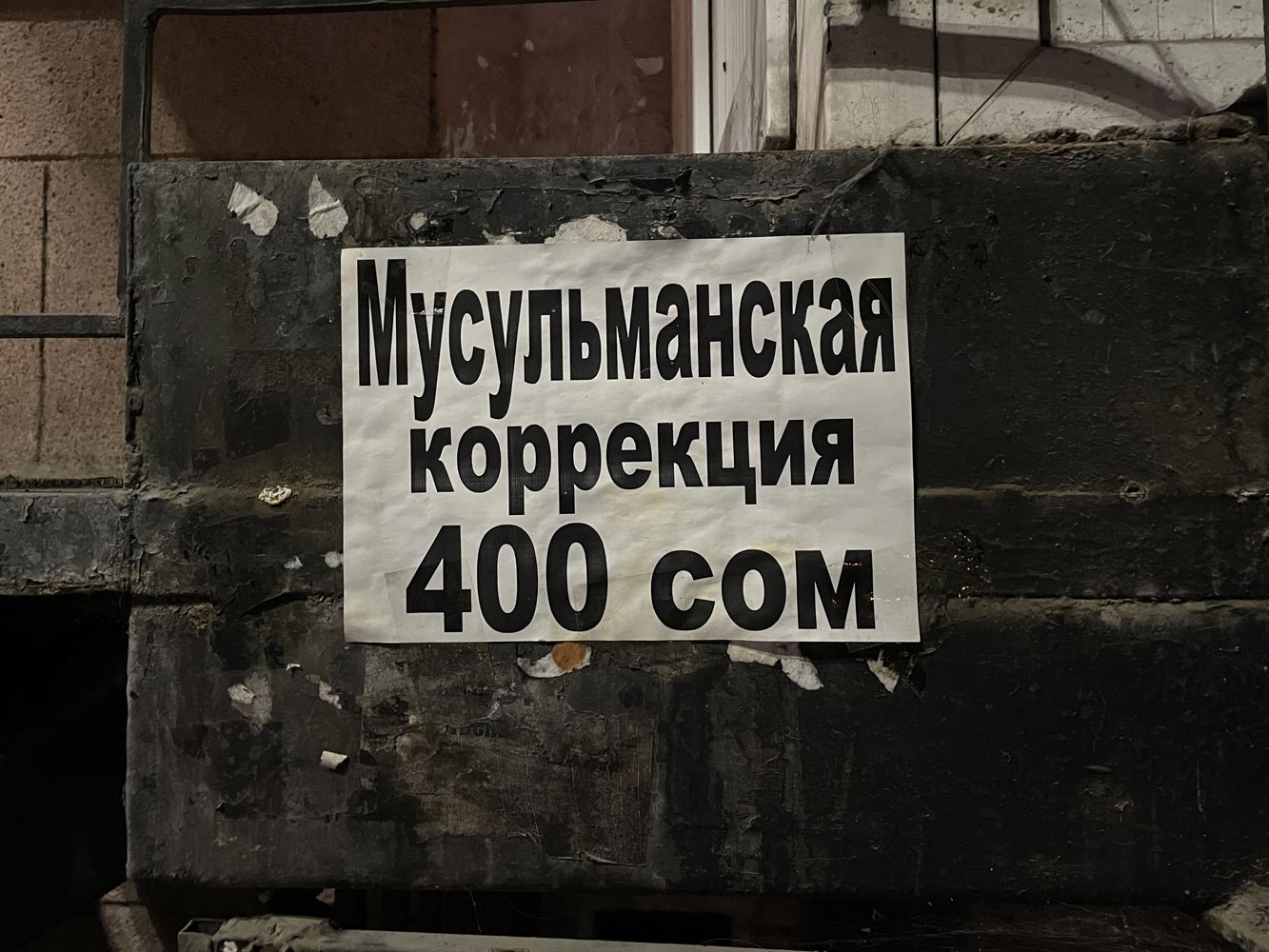
Here, the stormwater is blocked by sluice gates from the reservoir.
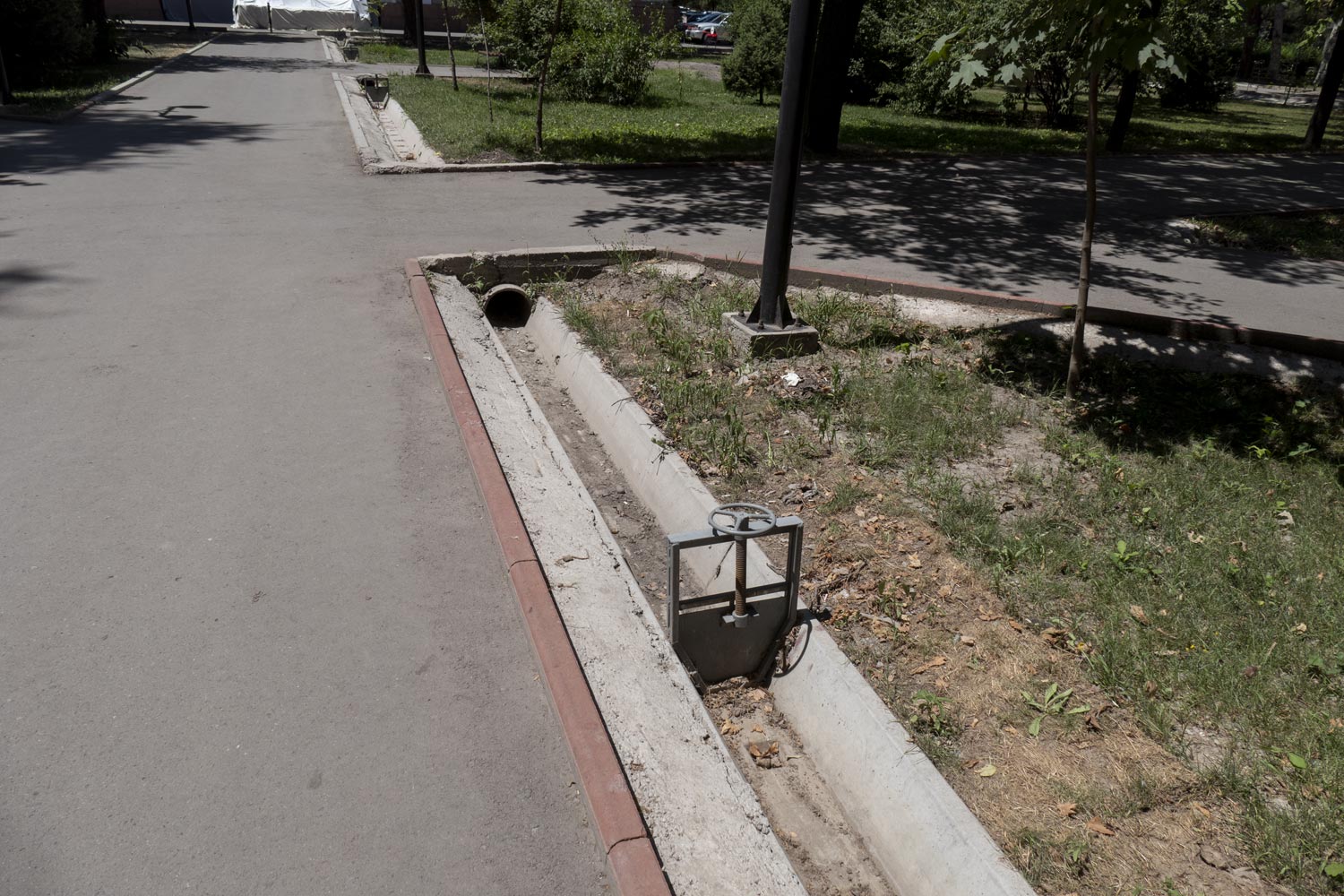
Here they install two-seater benches that are impossible to sit for two.
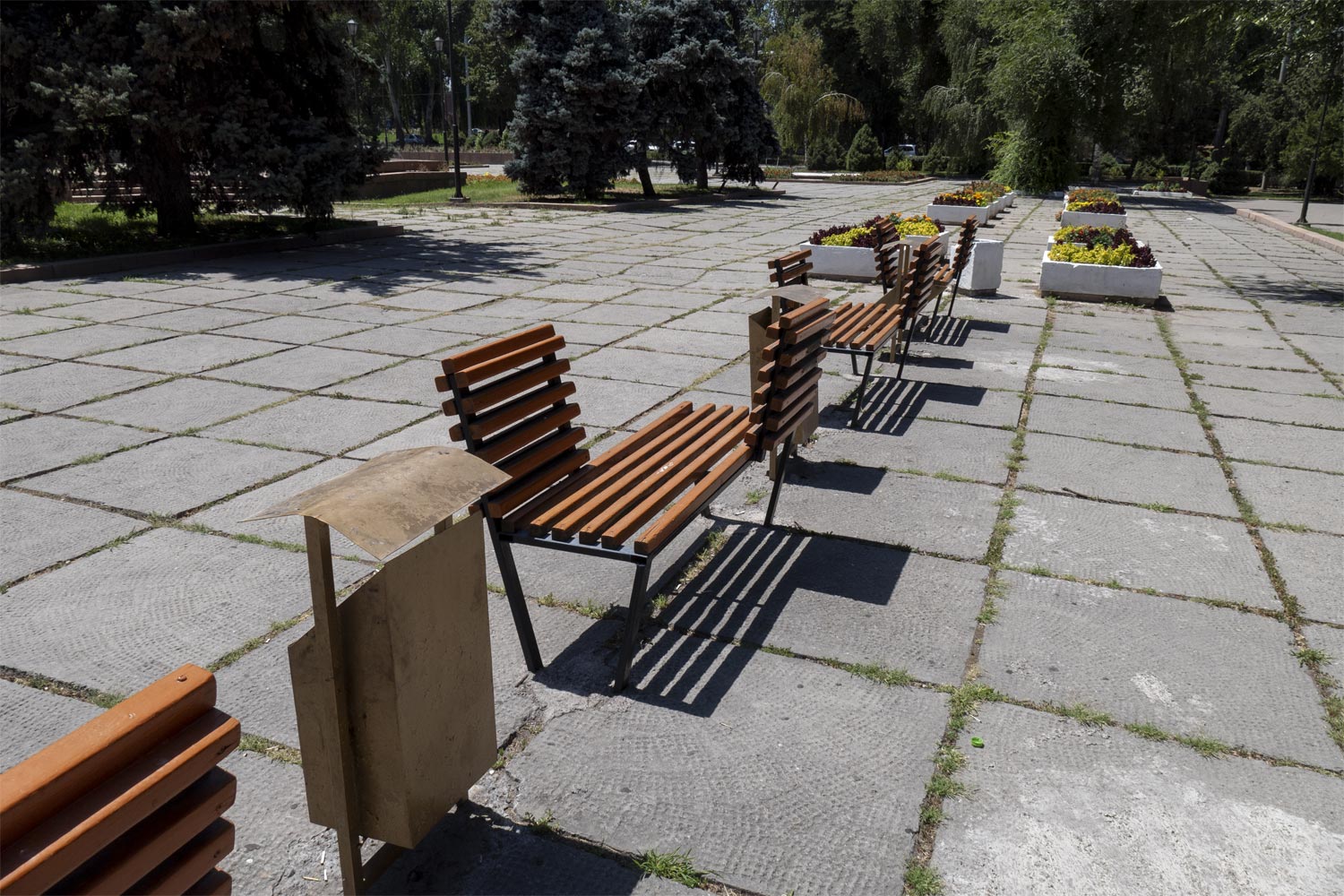
Here they hang posters with heroes from a long-ago finished war.
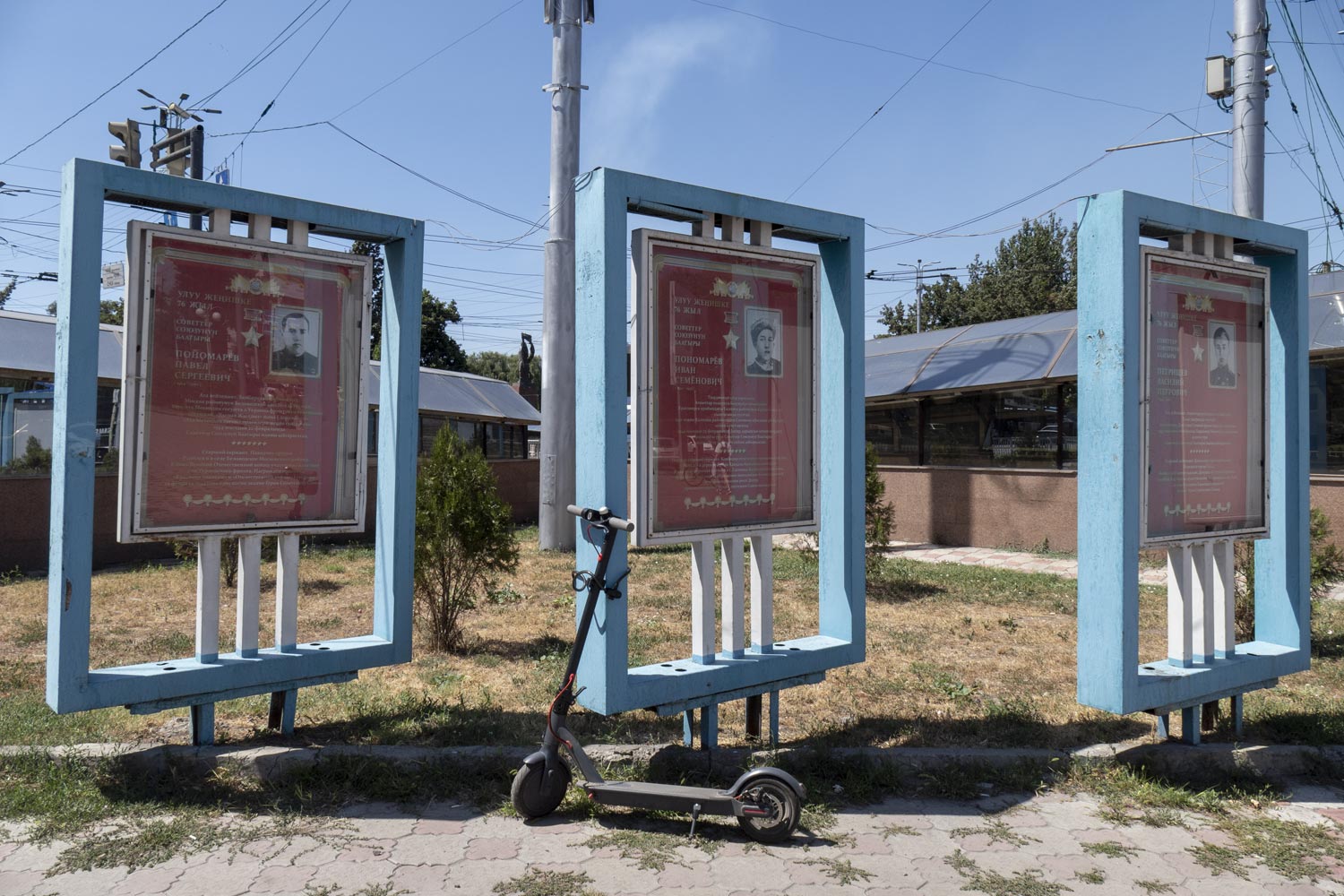
The level of devastation in Bishkek is so high that it makes your eyes pop out.
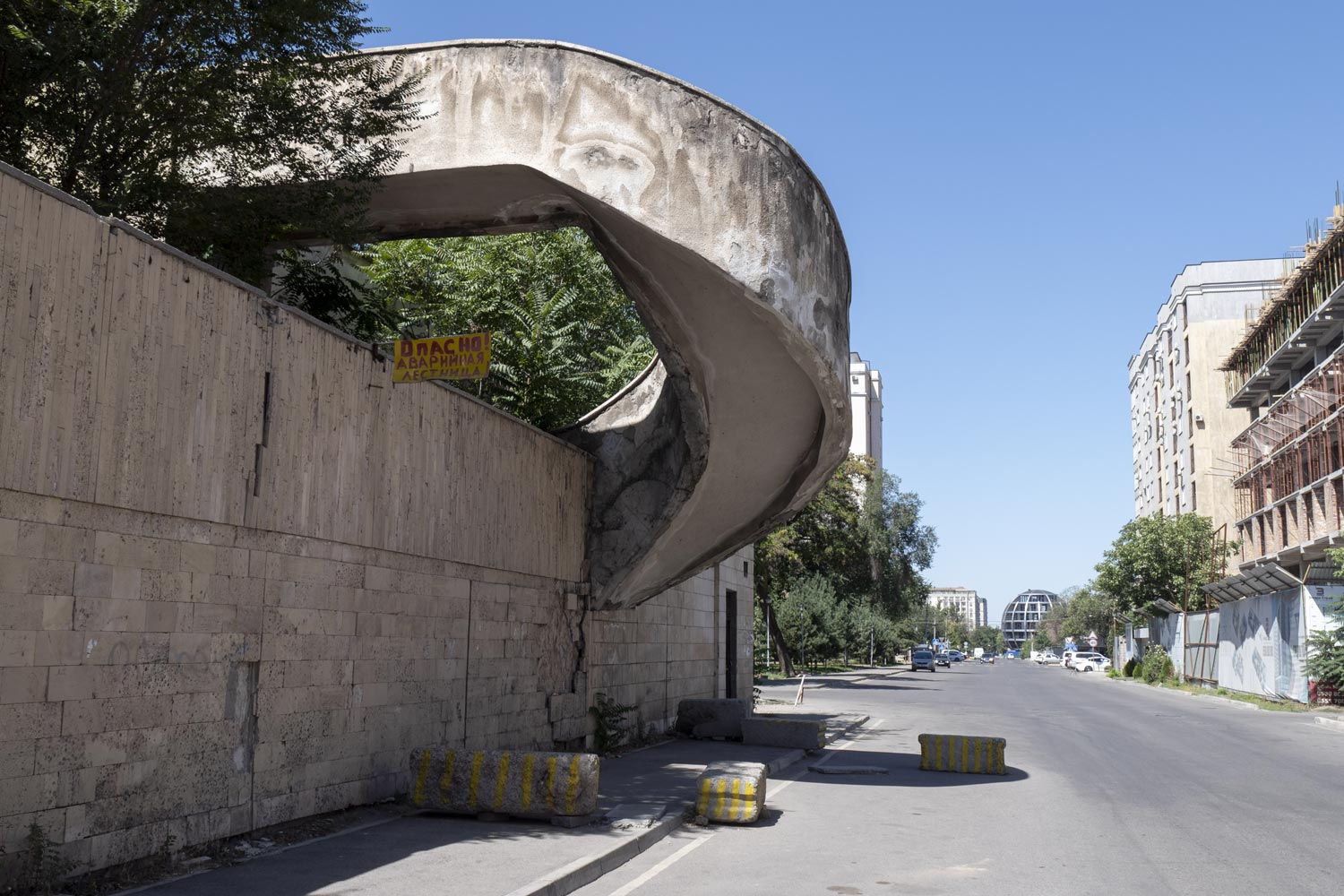
By an incredible coincidence, Kyrgyzstan is the only country in the entire USSR that has preserved absolutely all communist symbols. Even flower beds here still have the shape of a five-pointed star.
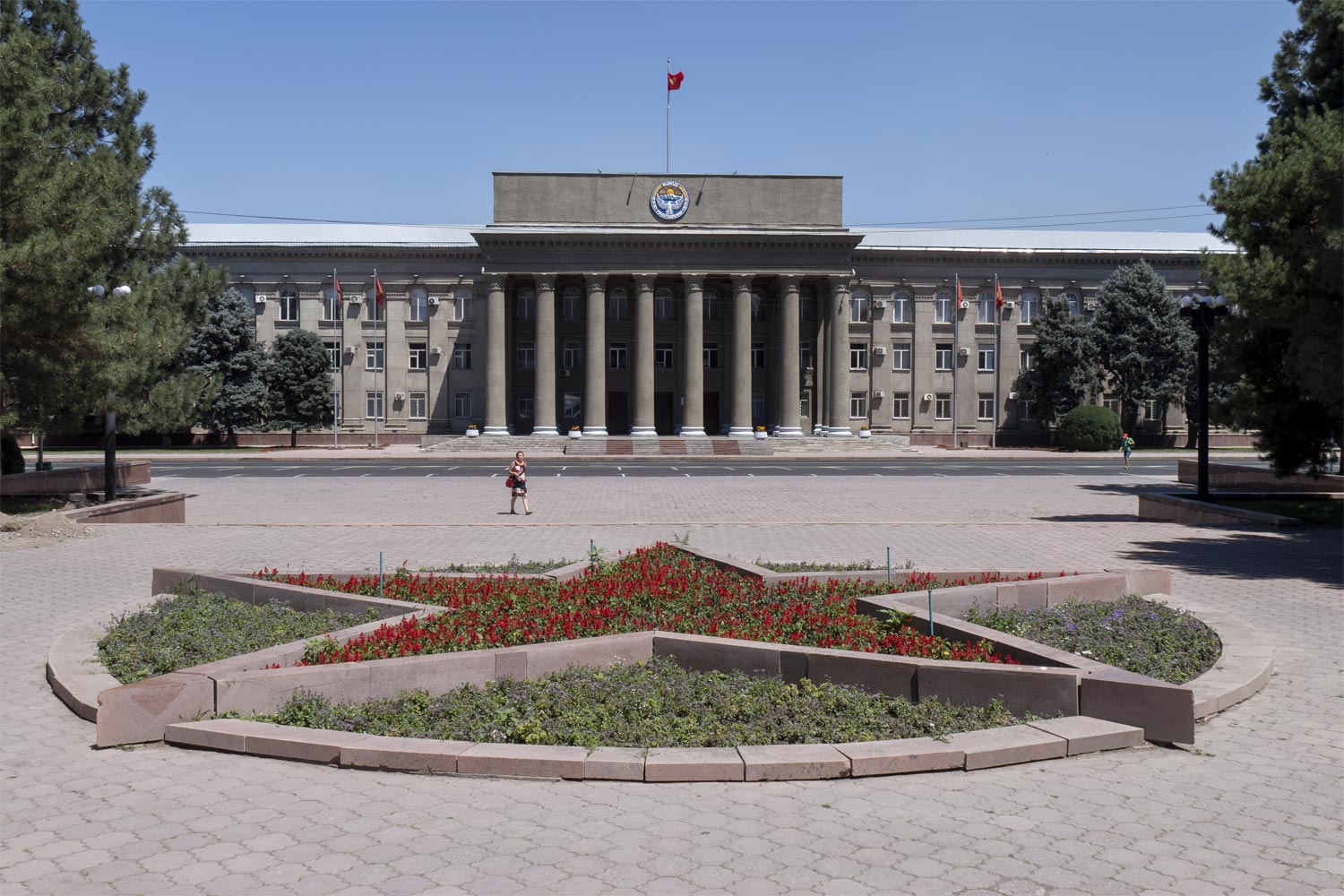
In the center of Bishkek, Lenin stands without a space in his initials.
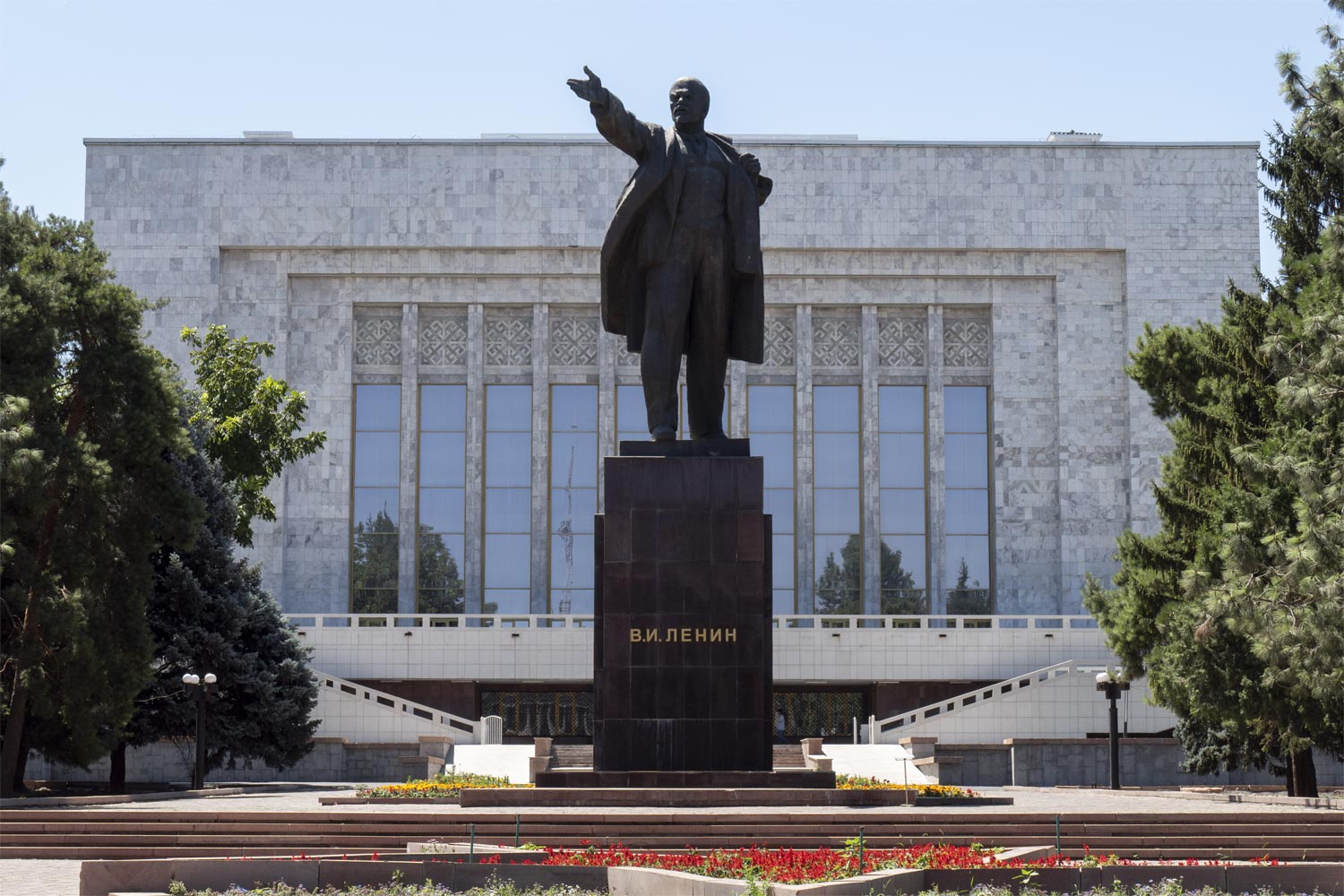
The museum of the terrorist Frunze, after whom Bishkek was named during Soviet times, is popular among visitors.
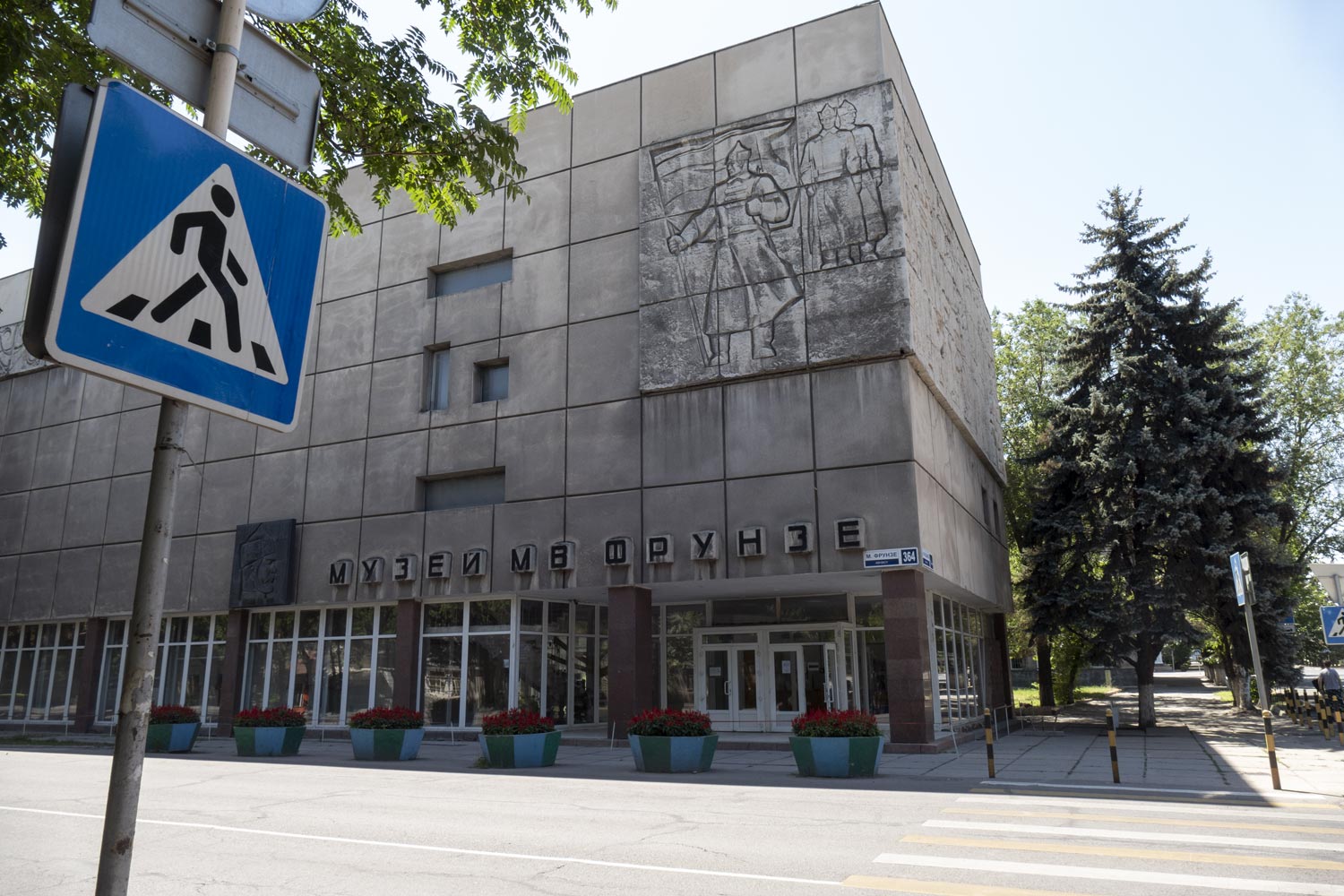
In one of the central parks, Marx and Engels nicely coo.
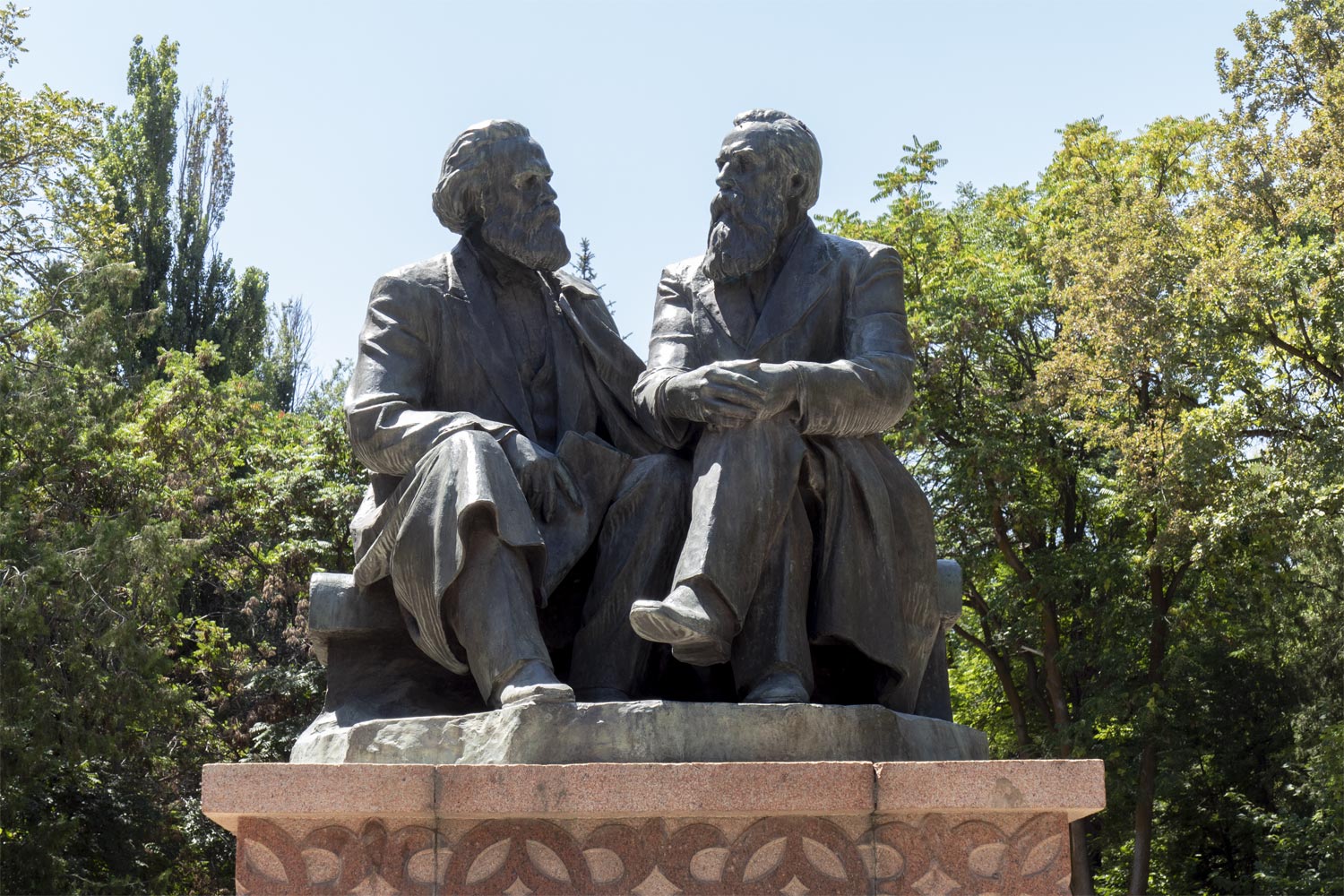
Soviet coat of arms still hangs on government buildings.
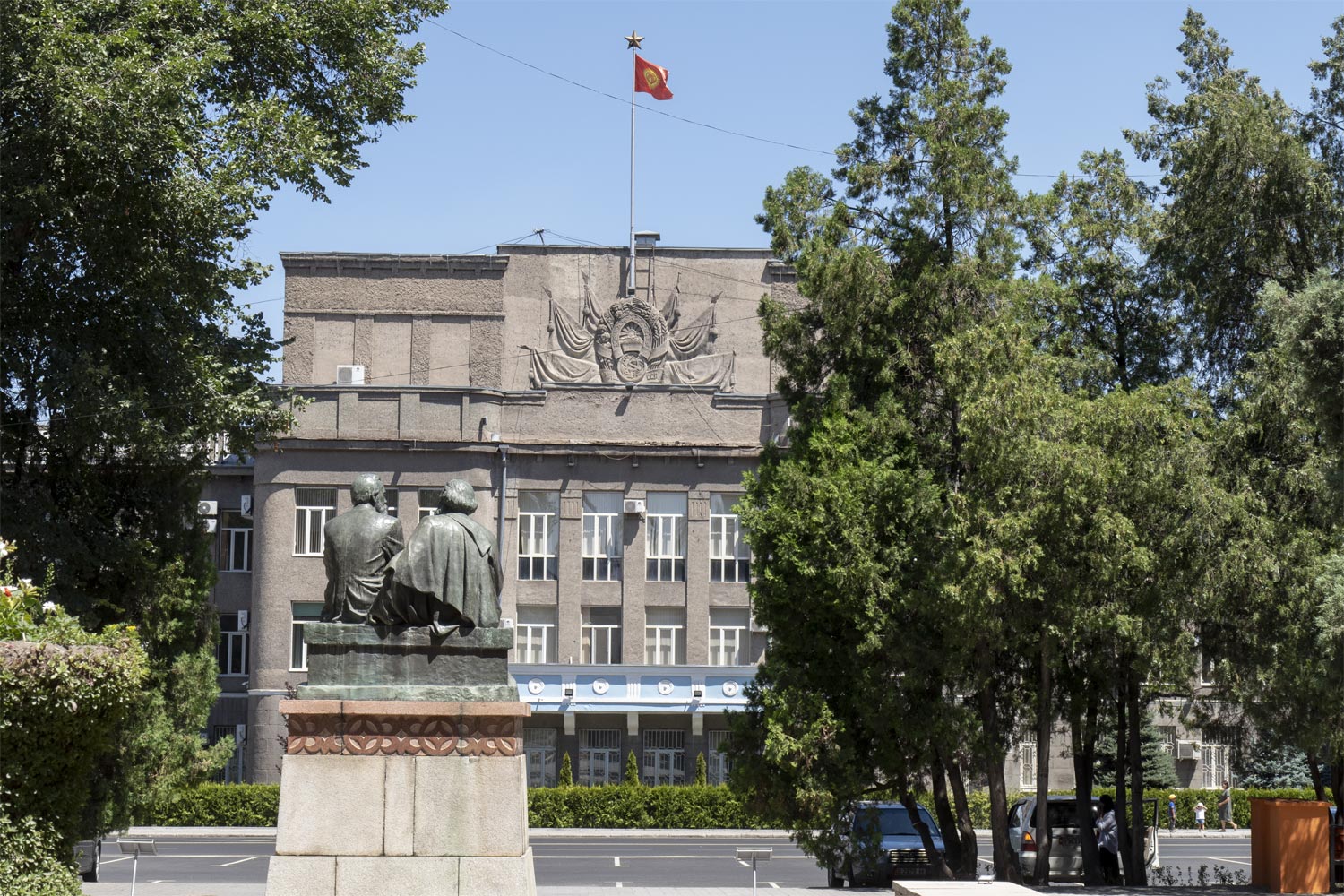
Perhaps there is some connection? I mean, communism and devastation? No, that’s nonsense! After all, right in the very center of Bishkek where the government buildings are located, it’s actually quite nice.
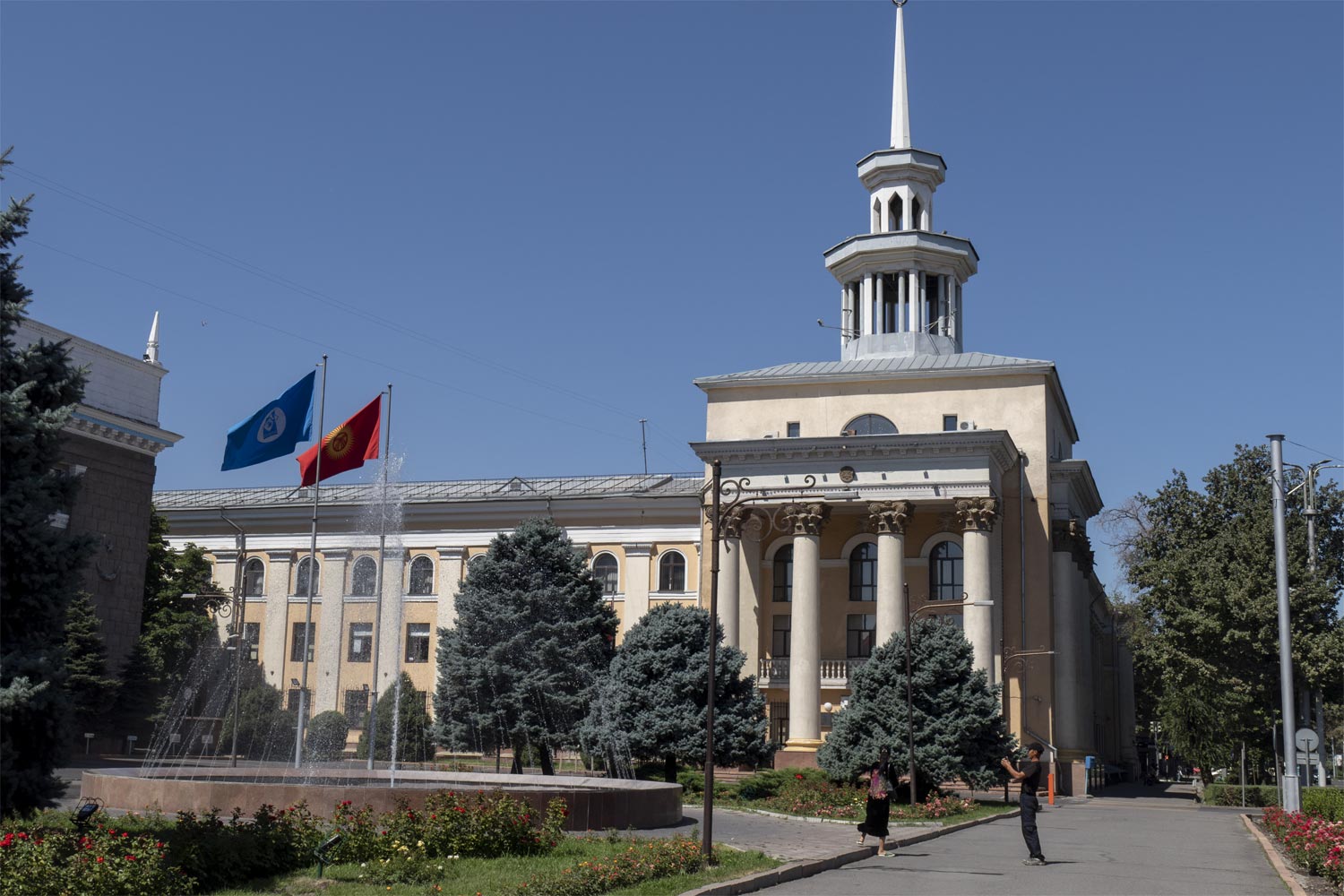
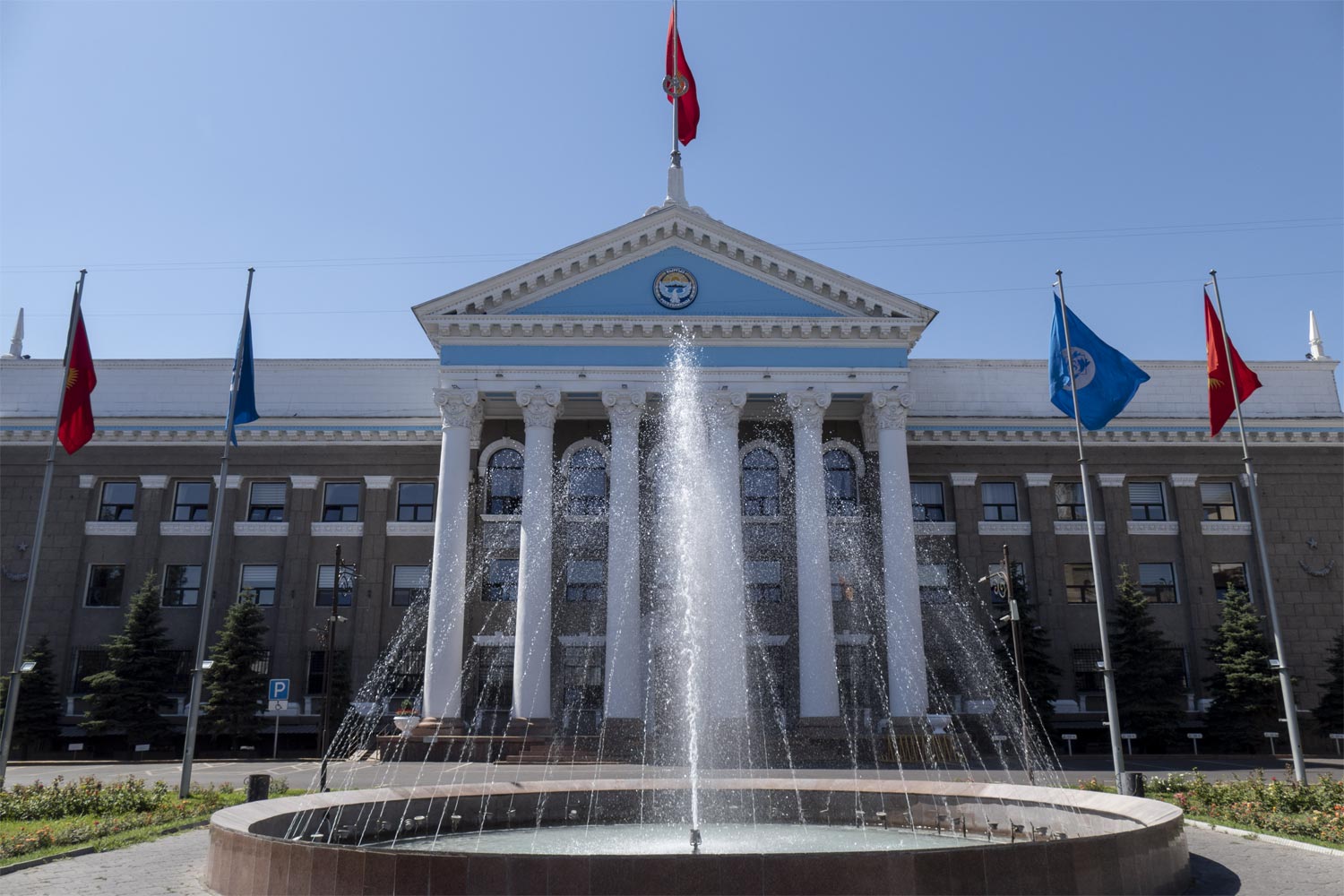
True, the size of this well-maintained center is a square with sides of about 300 meters.
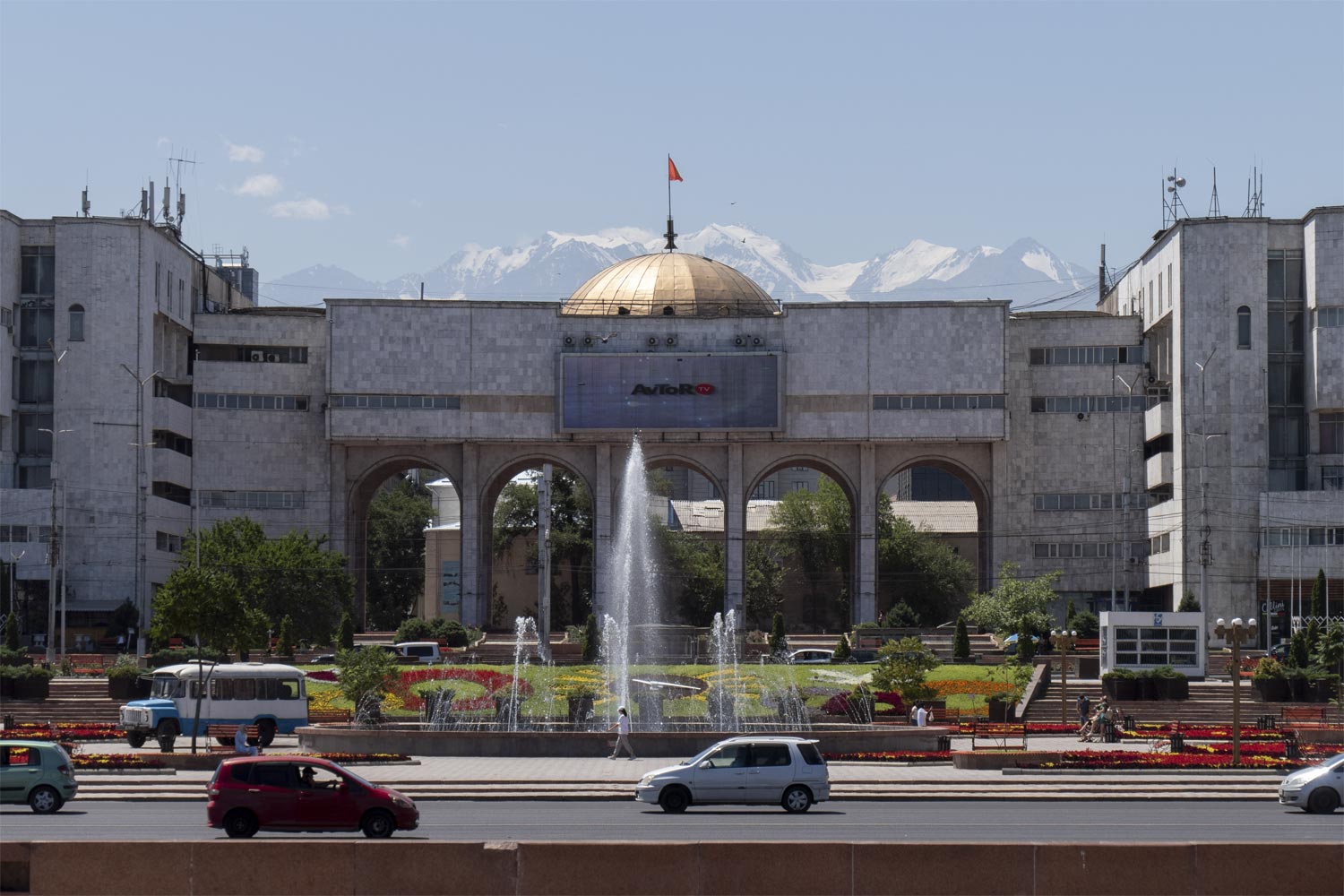
It feels like the government either stays overnight in these palaces or only travels with closed windows. In any case, they seem to blatantly not care about Bishkek crumbling before their eyes.
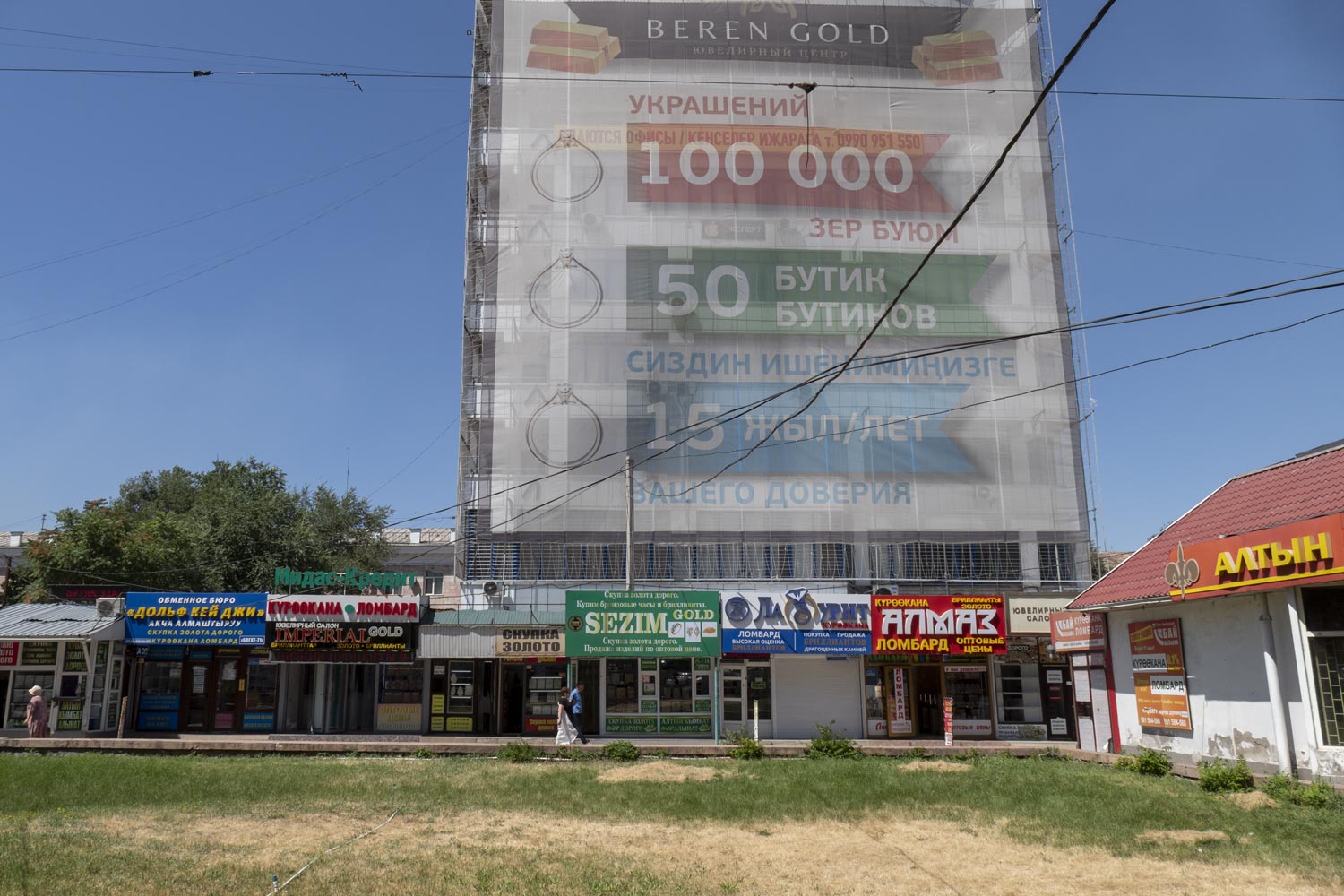
Not only is the country in complete devastation, but there’s also a moral catastrophe happening here.
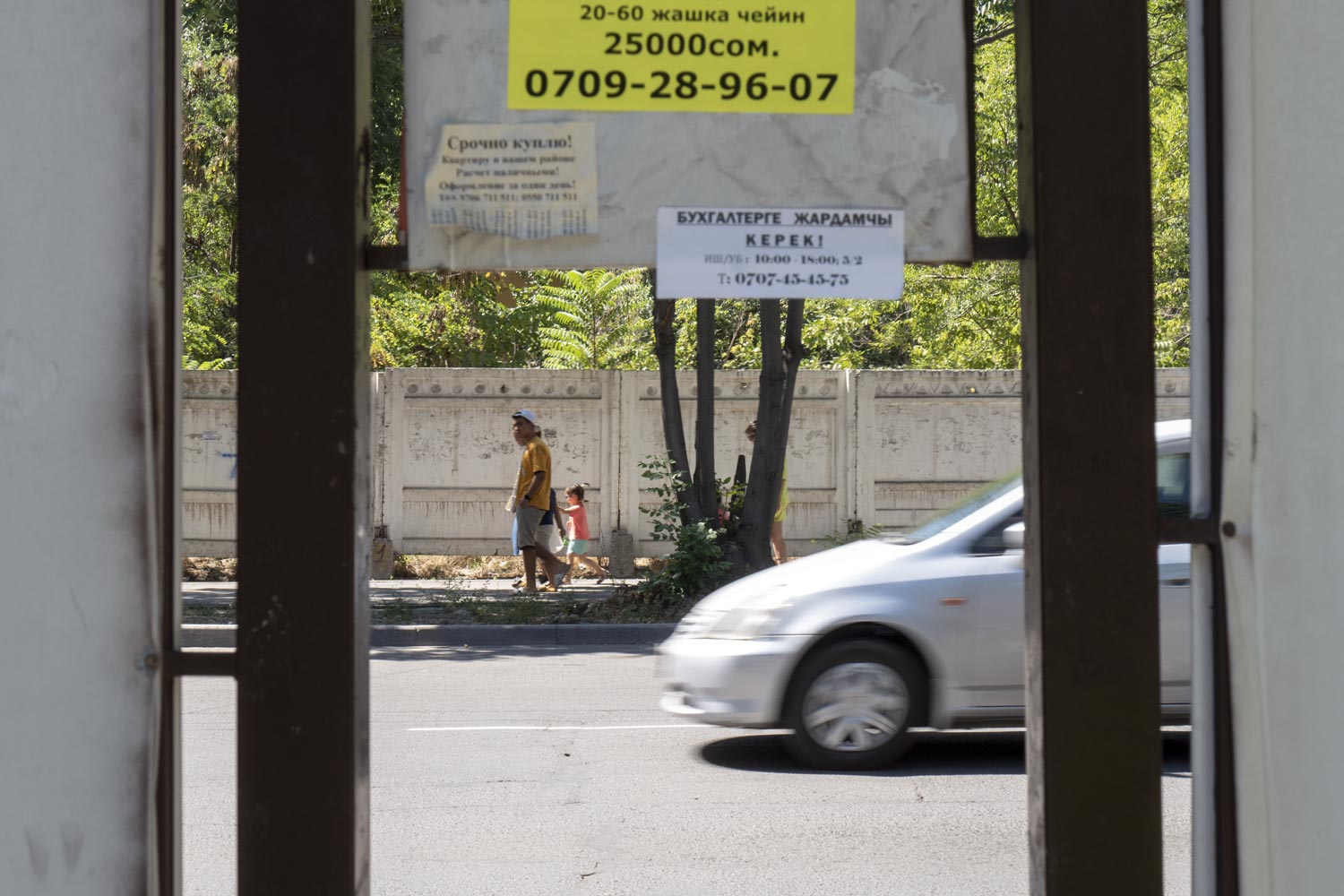
Unconscious people are often found on the streets of Bishkek. I encountered one when I was walking to the mosque. It was scorching hot, around +35 degrees Celsius. The person was lying right in the middle of the sidewalk, just 10 meters from the police station.
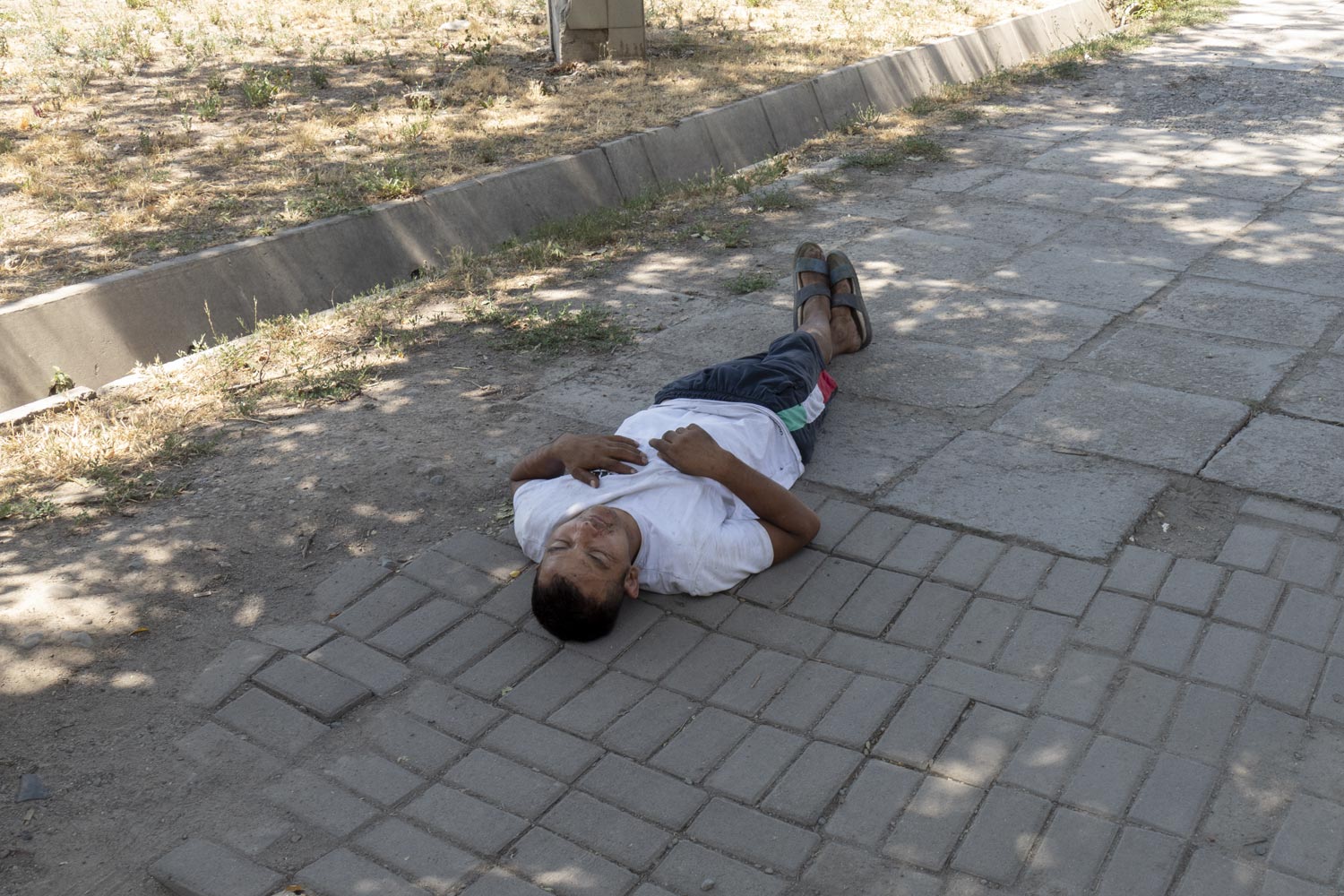
Everyone passed by. And for some reason, I also walked past, although I felt a twinge inside. I turned the corner and found myself in a typical courtyard with panel buildings and broken asphalt.
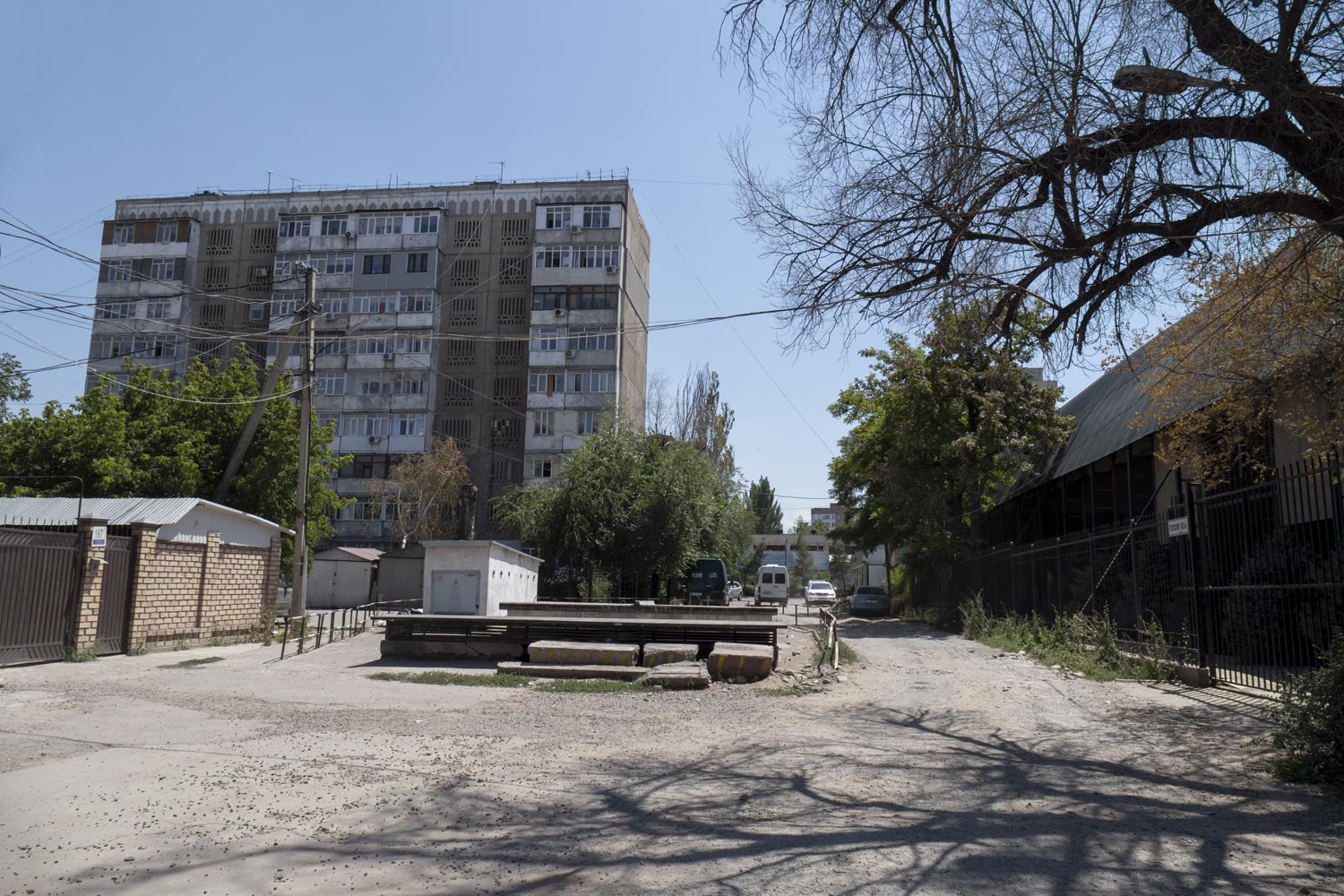
A replica of Ayia Sophia emerged behind the high-rise building, and my brain completely halted.
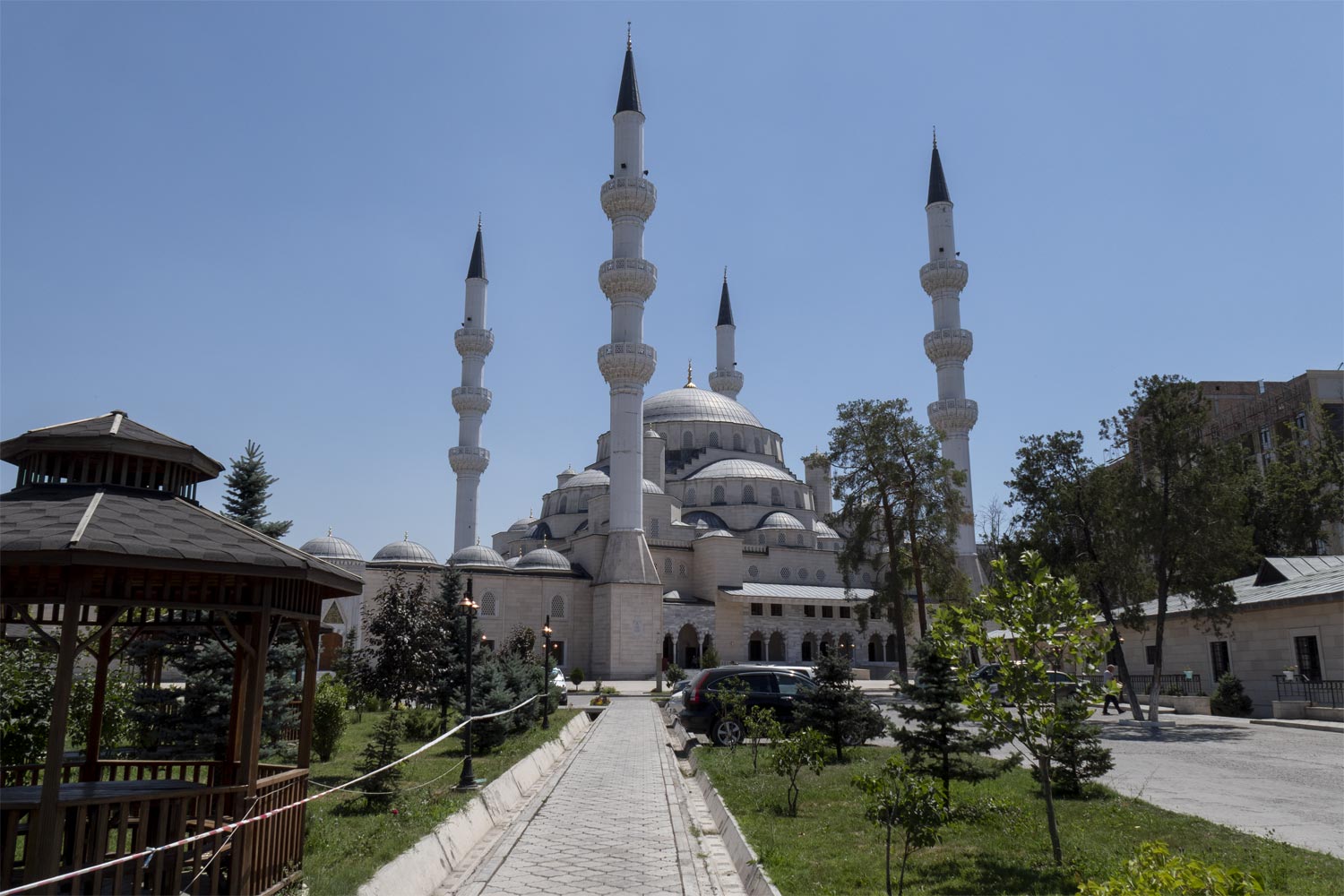
So, literally five meters away from the crumbling asphalt, dilapidated houses, financial pyramids, and dying alcoholics on the road, there stands a mosque of immense size, almost like the one in Istanbul.
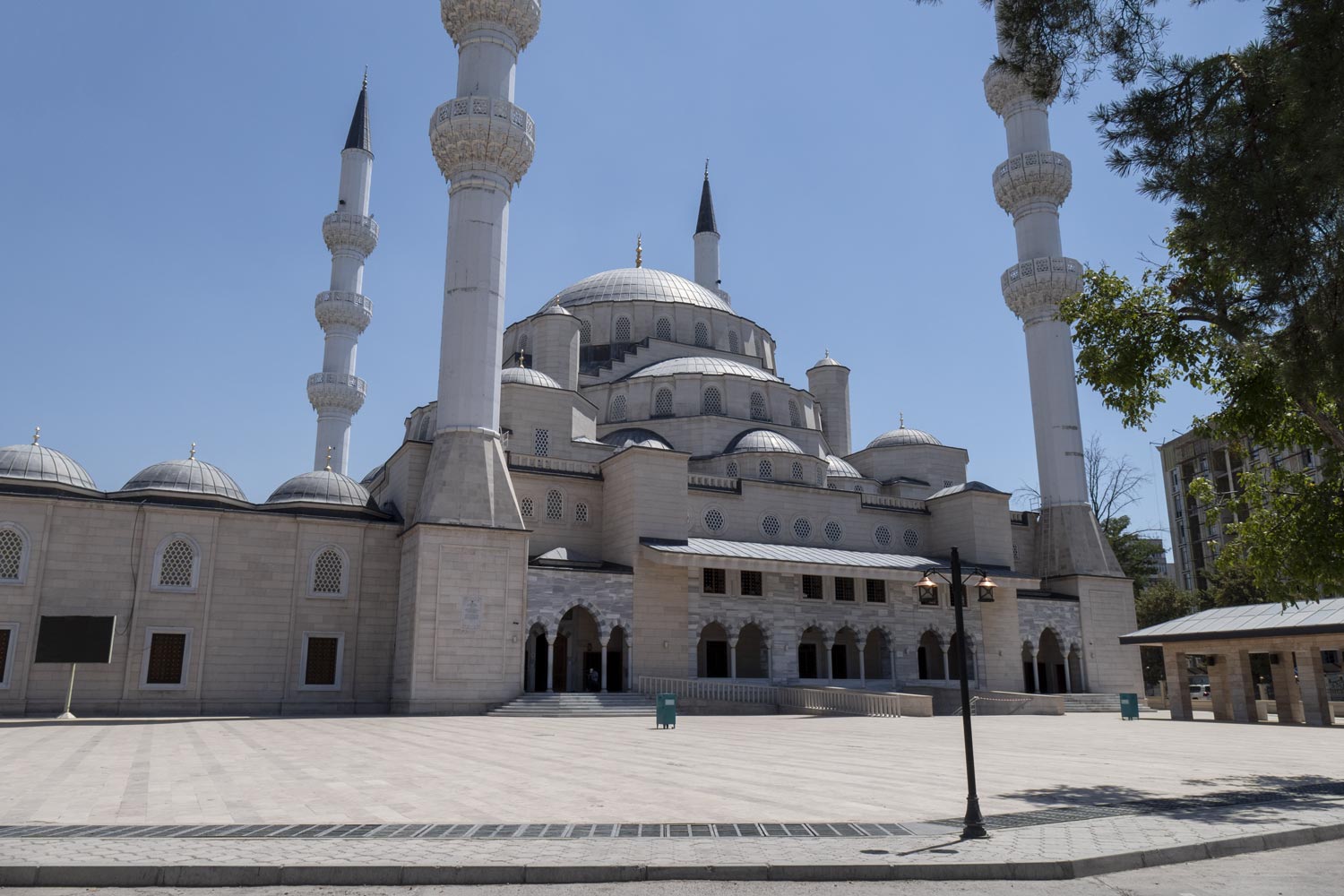
The Turkish mosque doesn’t fit the historical image of Bishkek and doesn’t align with communist symbolism. Meanwhile, the number of mosques in the country has grown from 39 to almost 3,000 over the past 30 years.
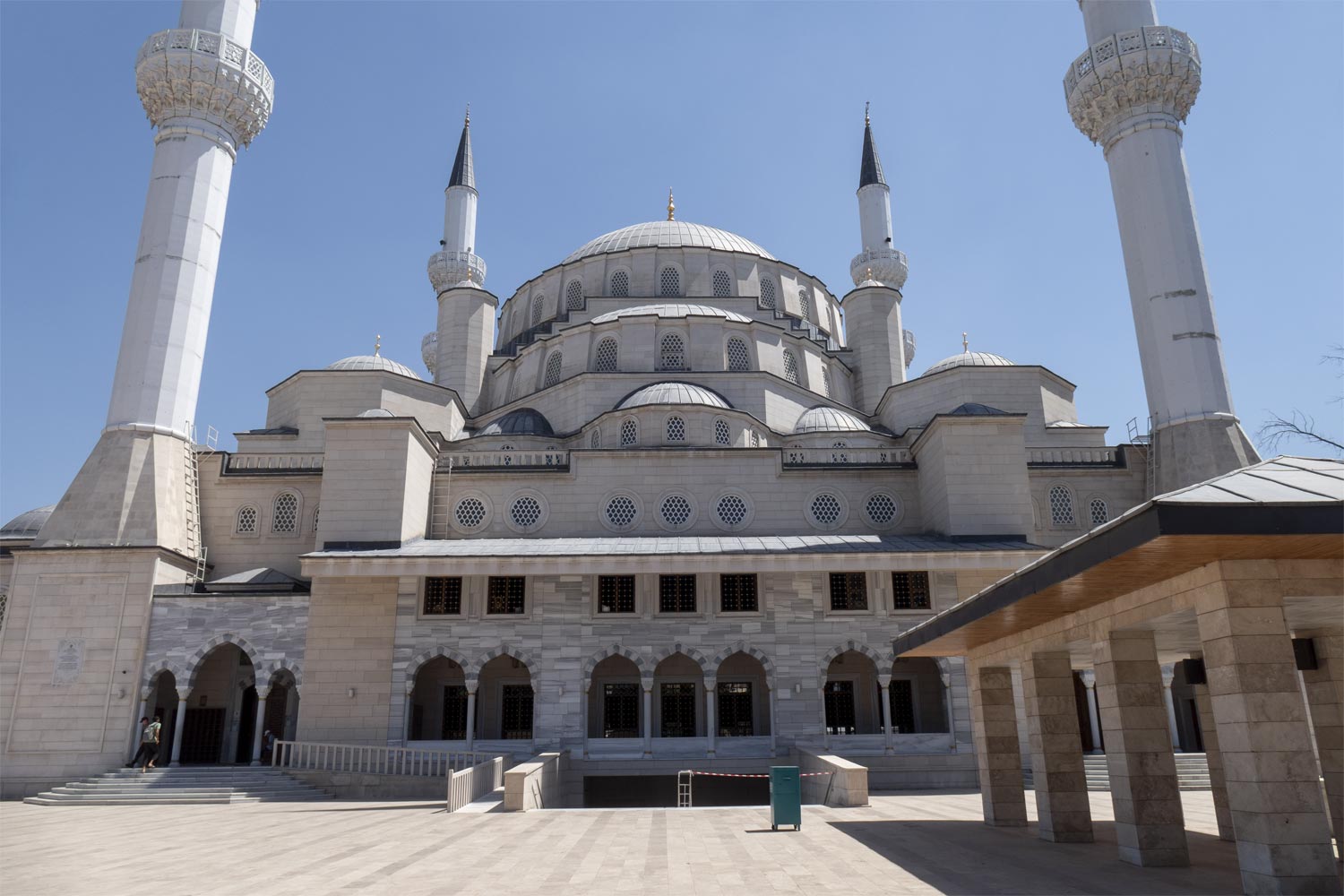
After looking at the mosque, I decided to go back to the person lying on the ground. I entered a shop, bought some cold water, and returned, but he was no longer there. Perhaps someone helped him. But more likely, he was taken to the police station or a sobering-up center, where he might have been subjected to further mistreatment.
After three revolutions (or coups) and unsuccessful attempts to bring about change, Kyrgyz society found itself in a deep impasse. The country is still being governed by corrupt officials and security services, which, by the way, eagerly arrest and extradite fleeing opposition members to Russia.
In Bishkek, I found an interesting monument to the national Kyrgyz hero, the strongman Kozhomkul.
The sculpture seemingly symbolizes that the Kyrgyz people are capable of lifting a burden many times their own weight. However, instead of lifting the burden of poverty and moral degradation in society, the strongman carries a horse on his shoulders.
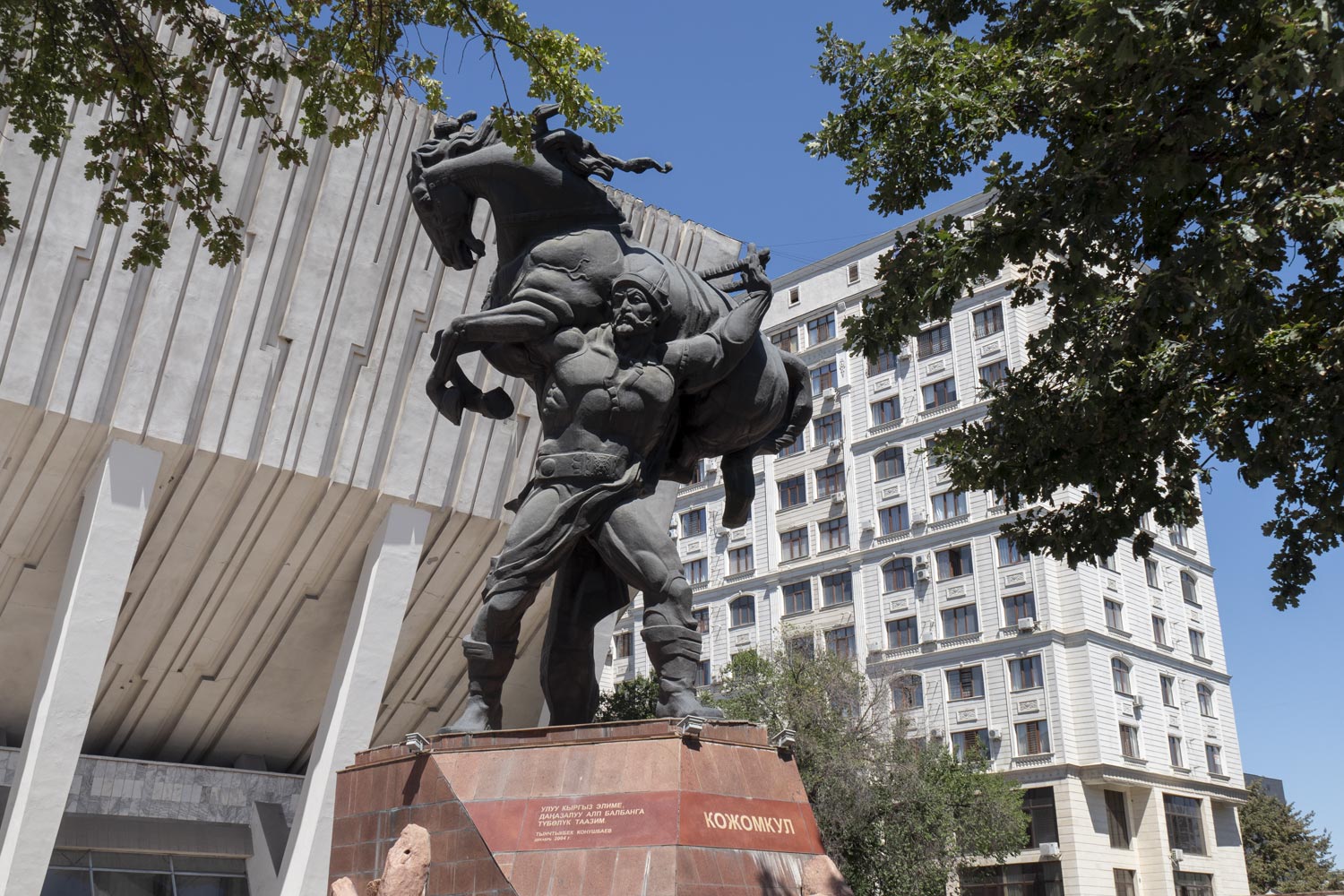
Why?


